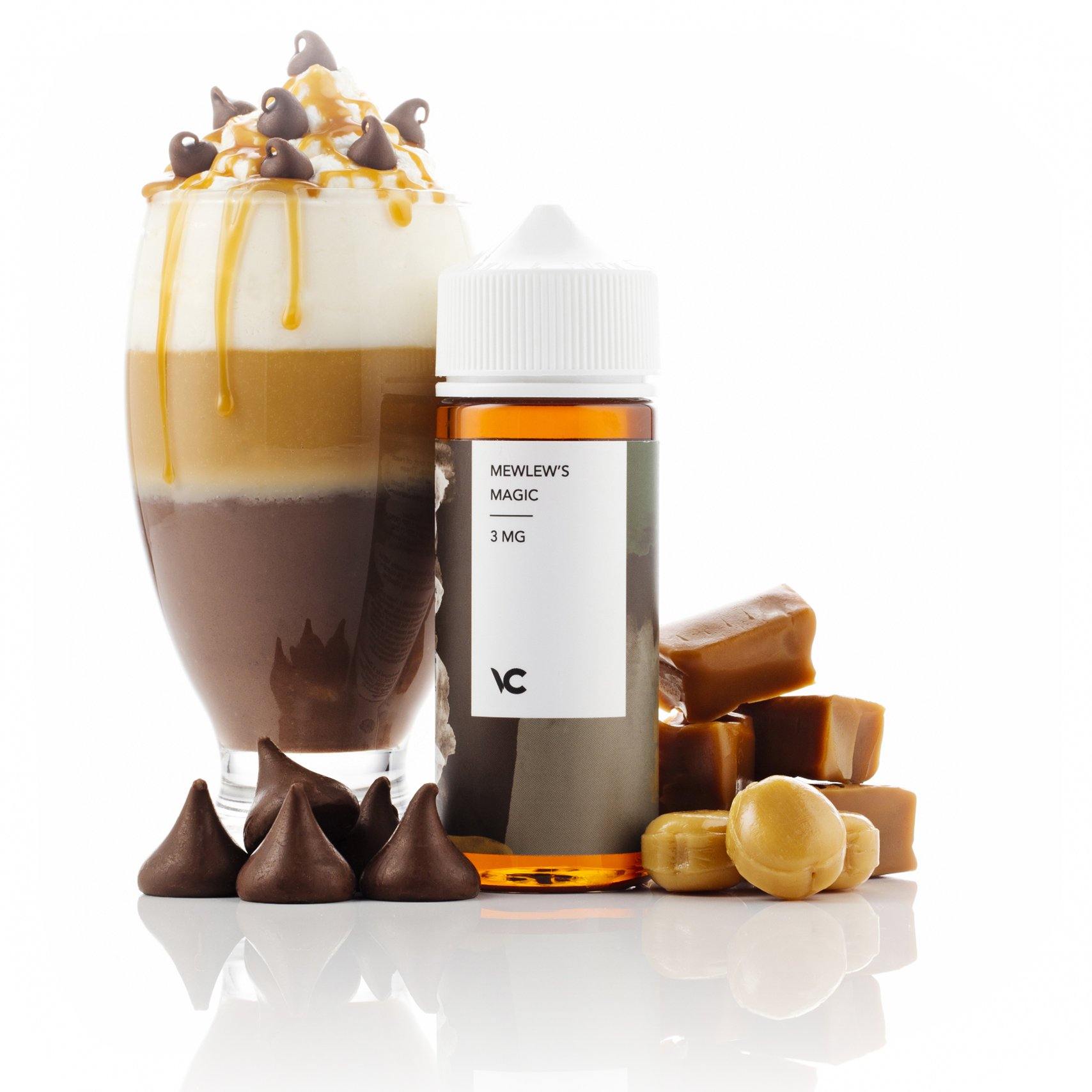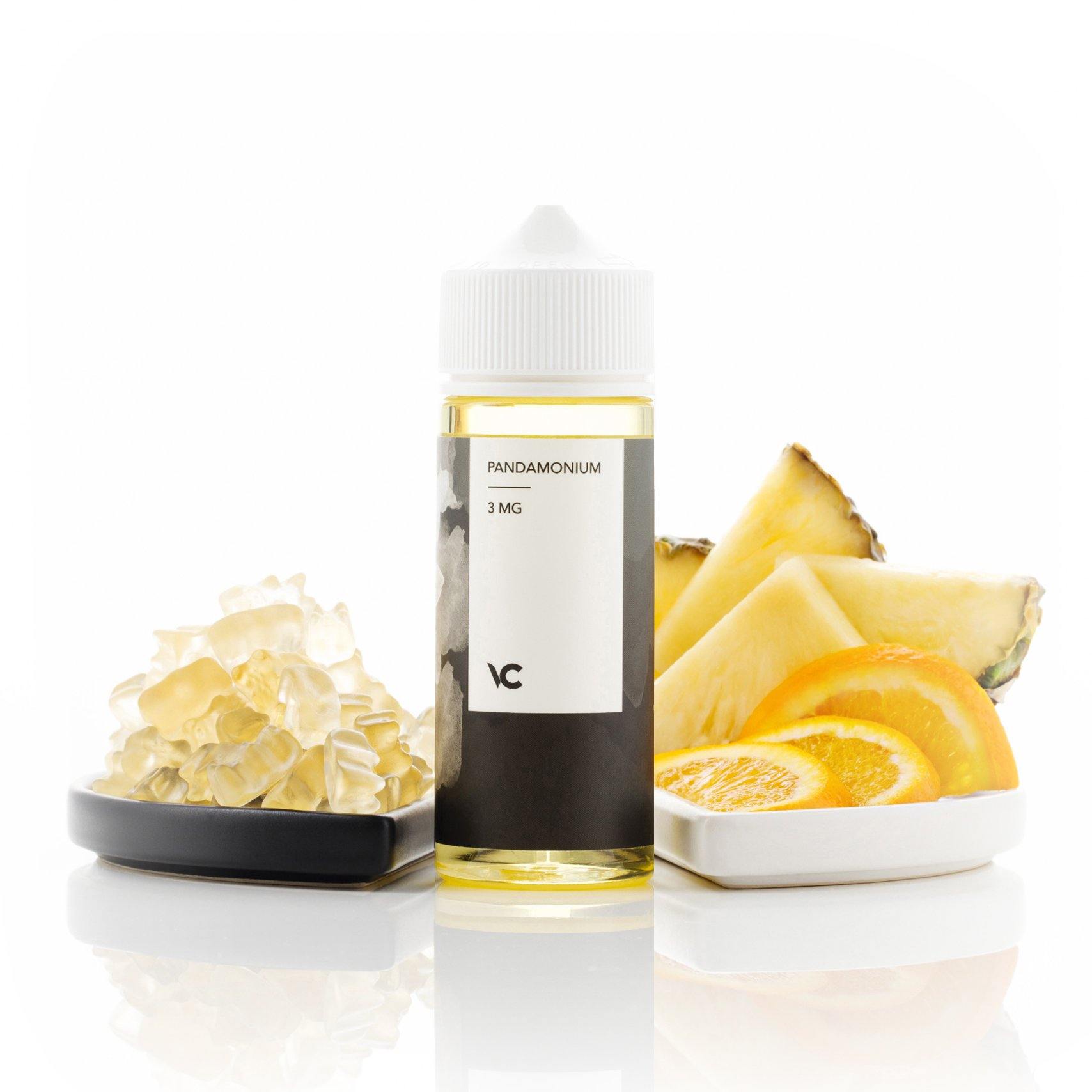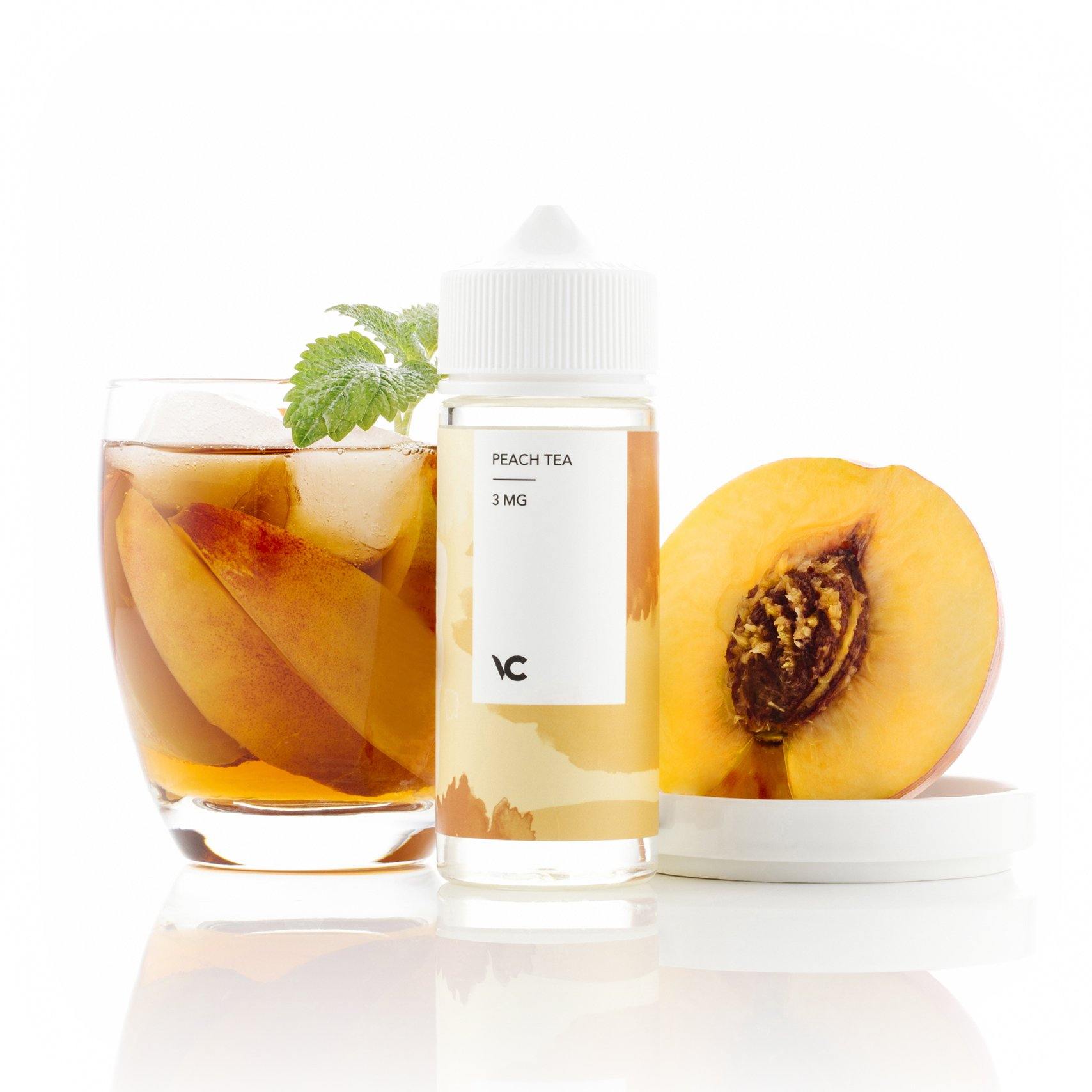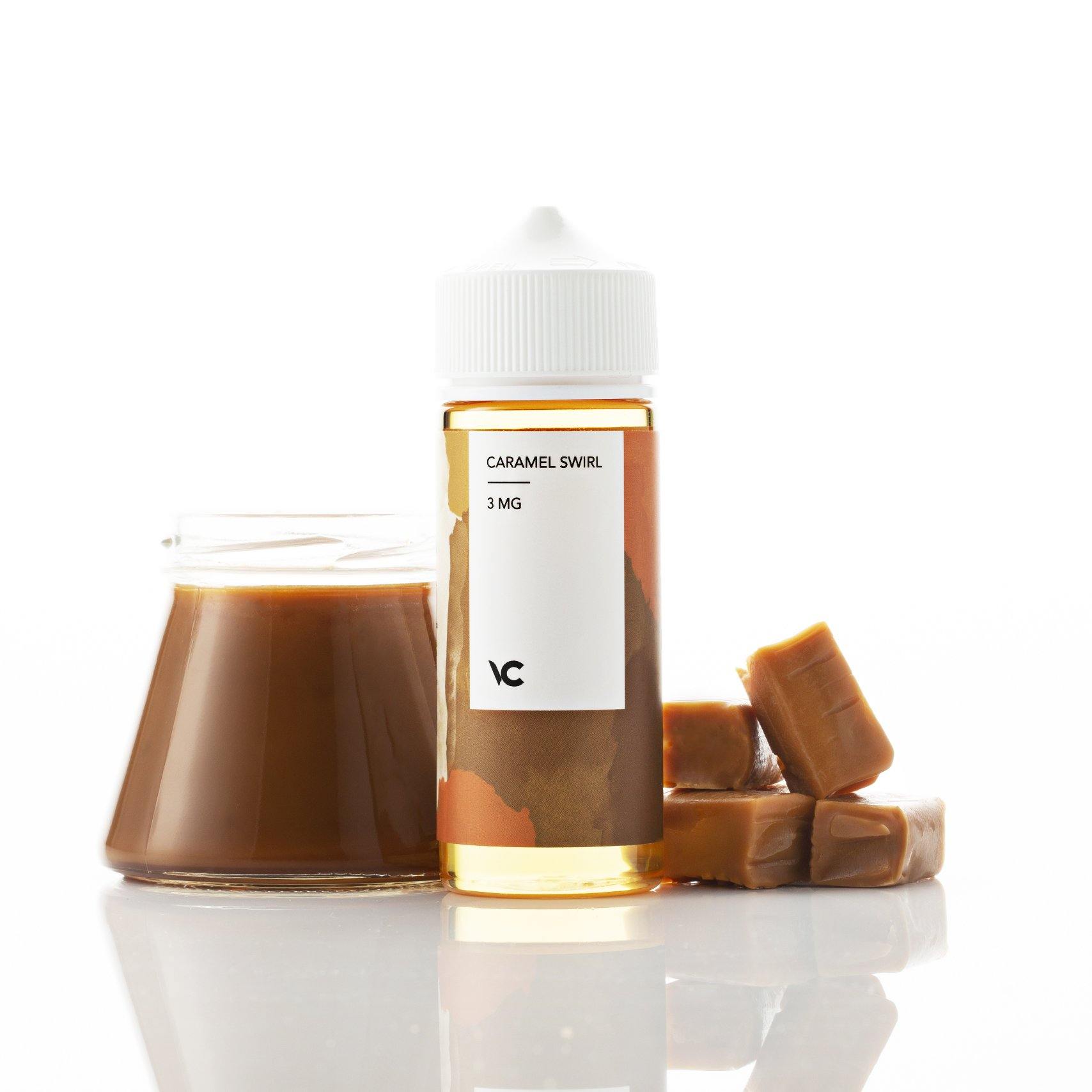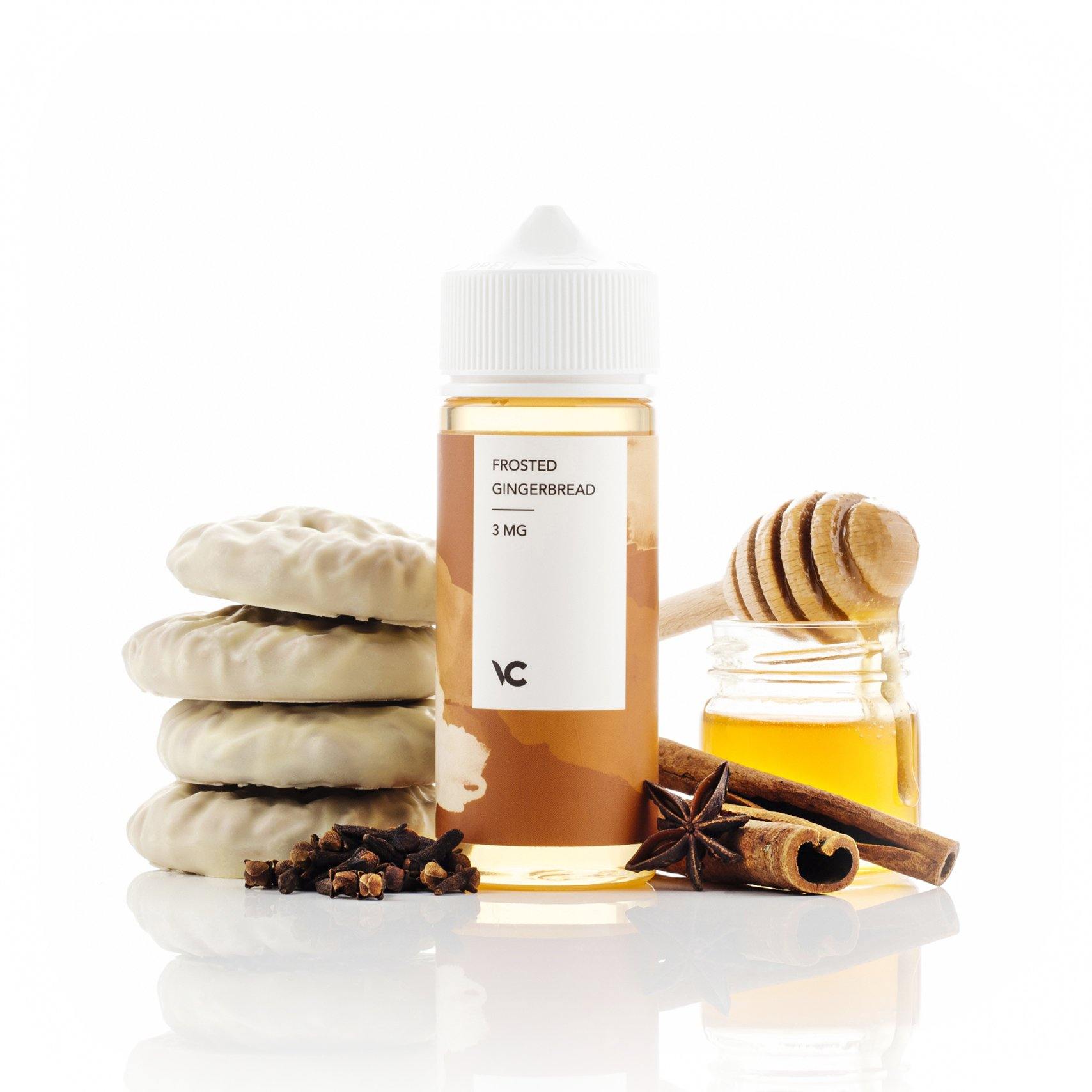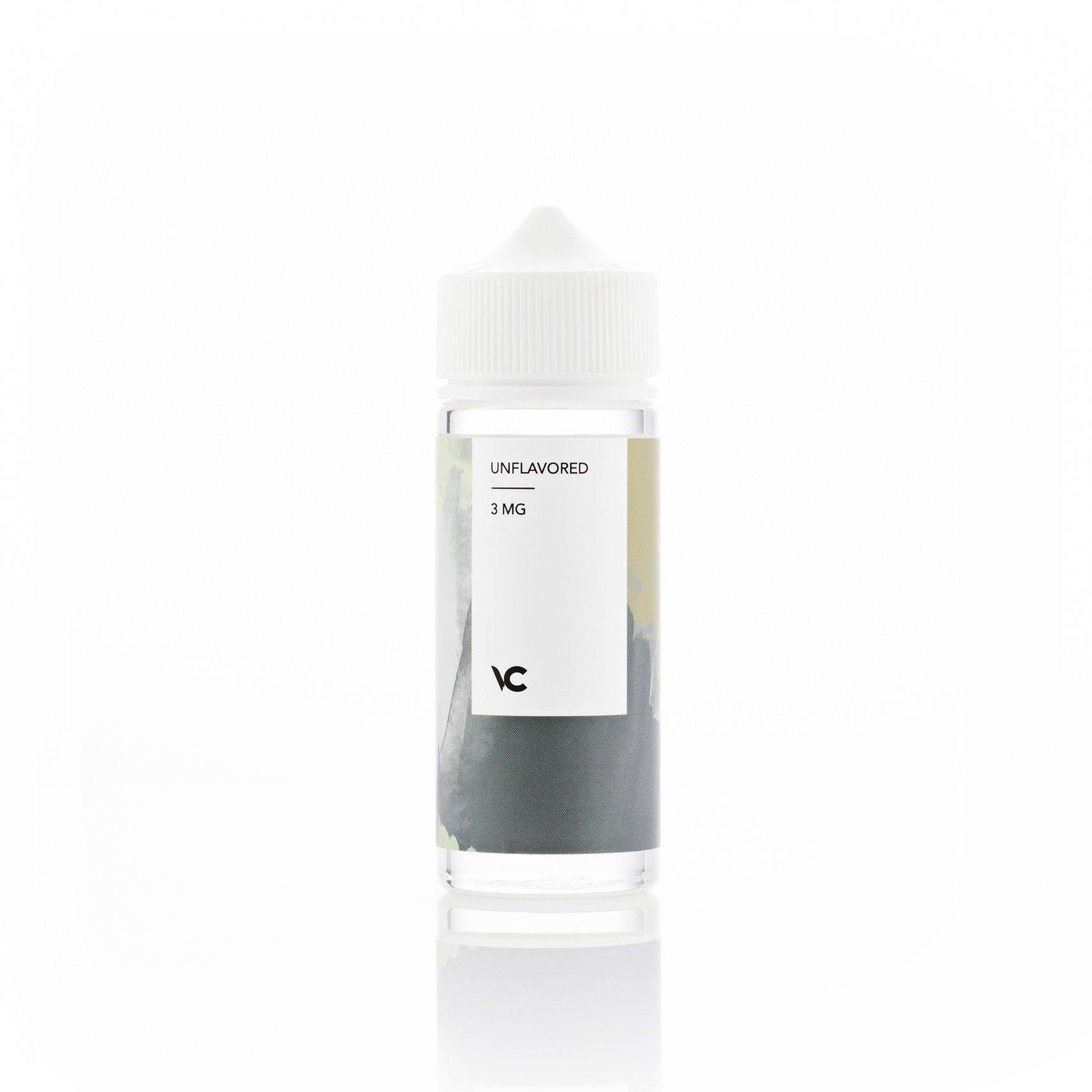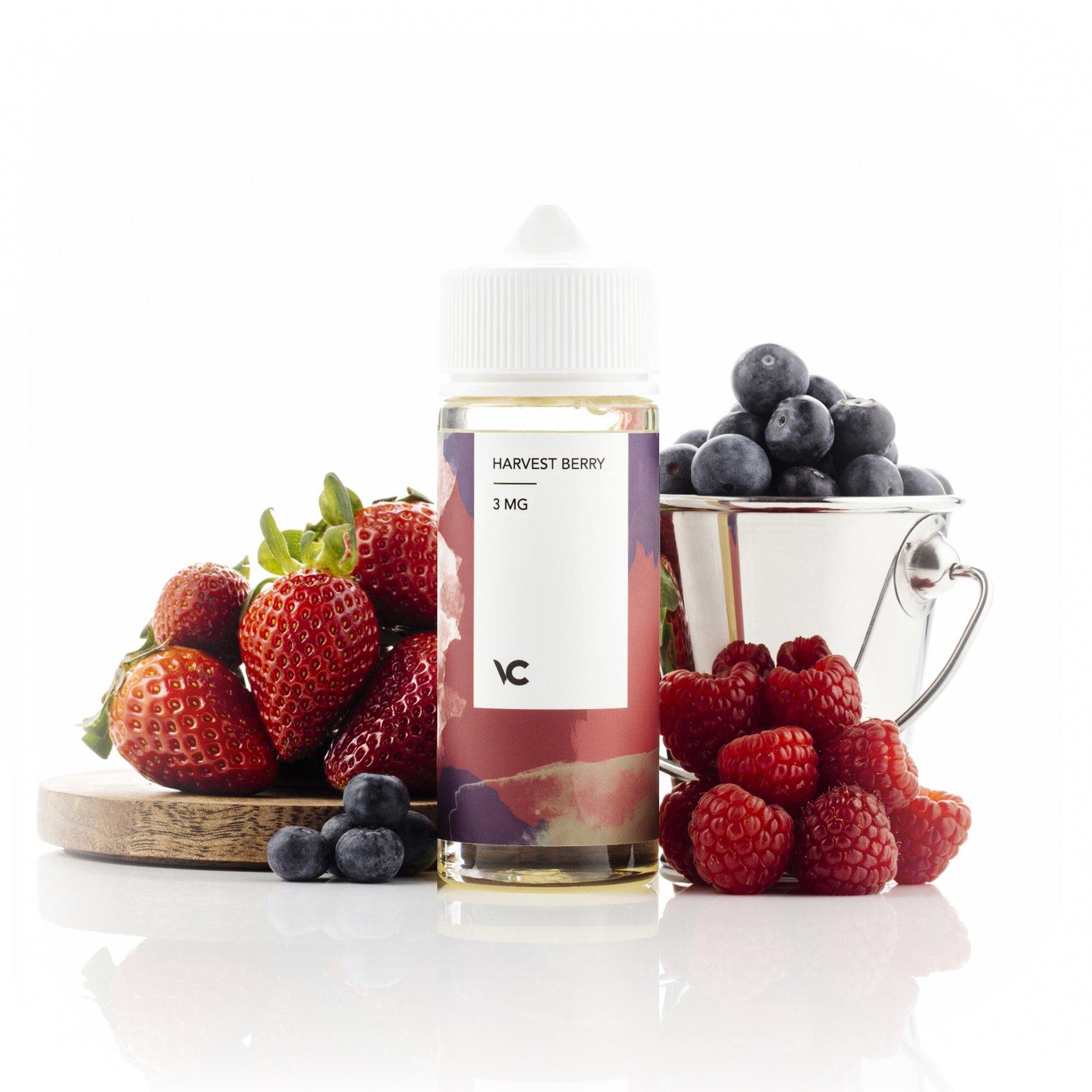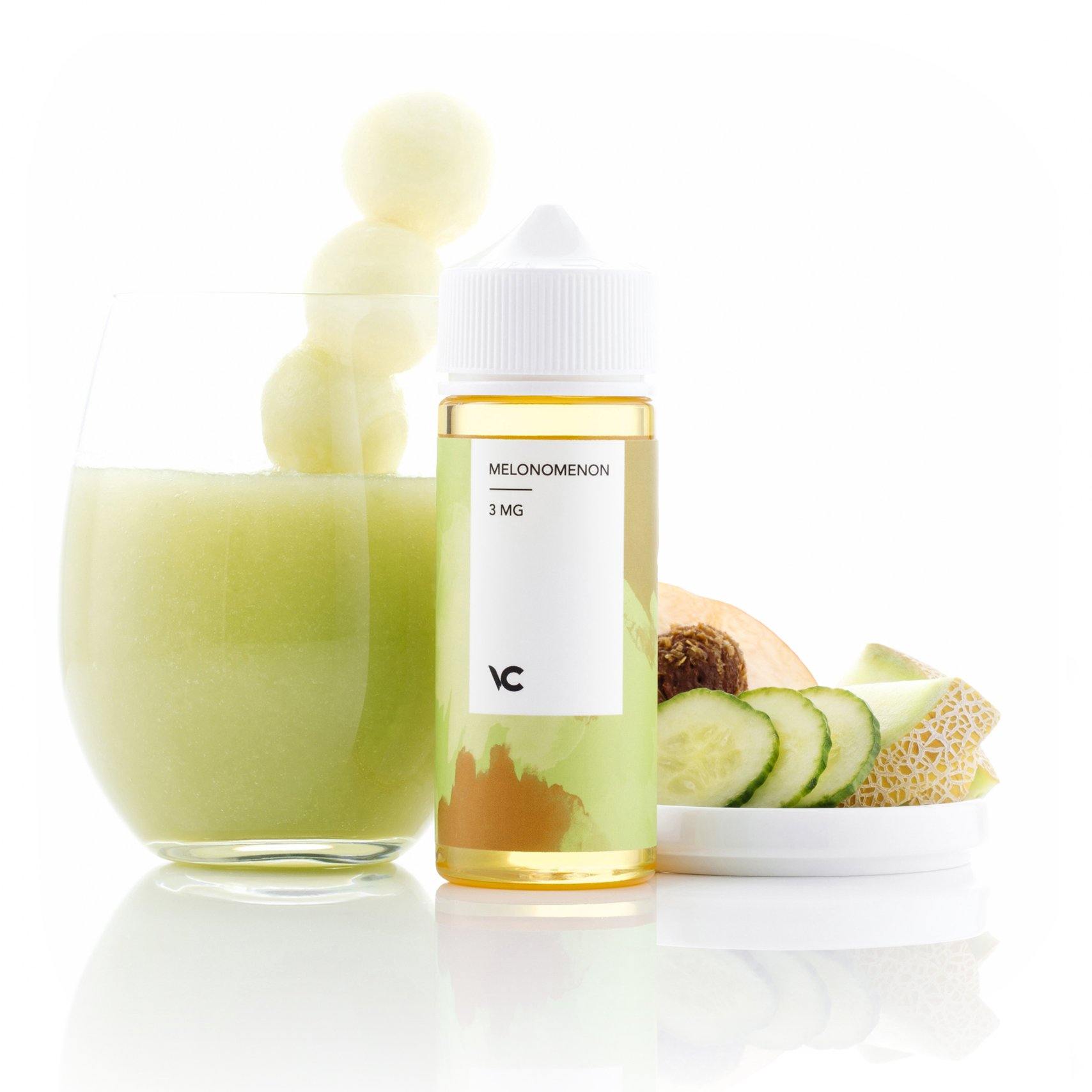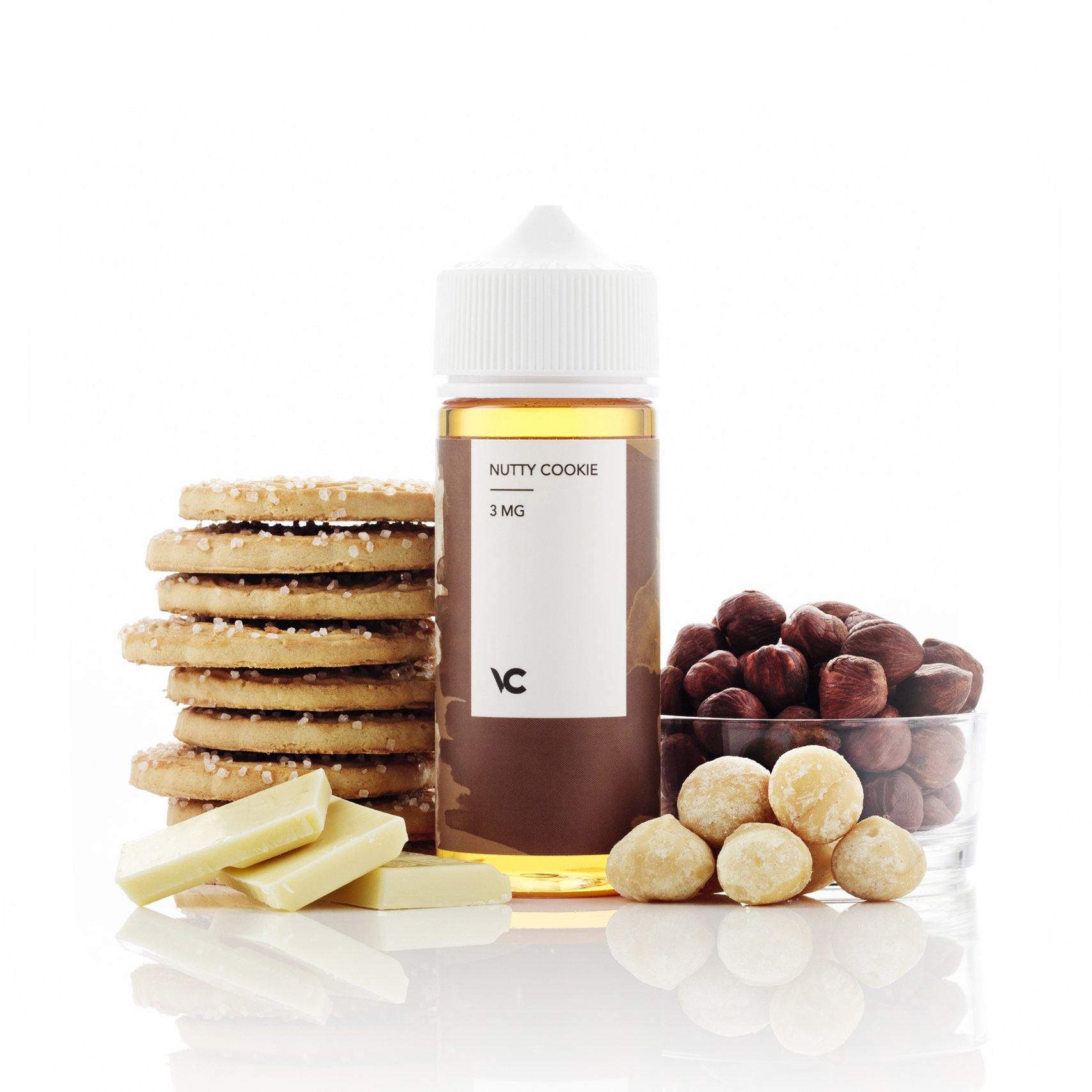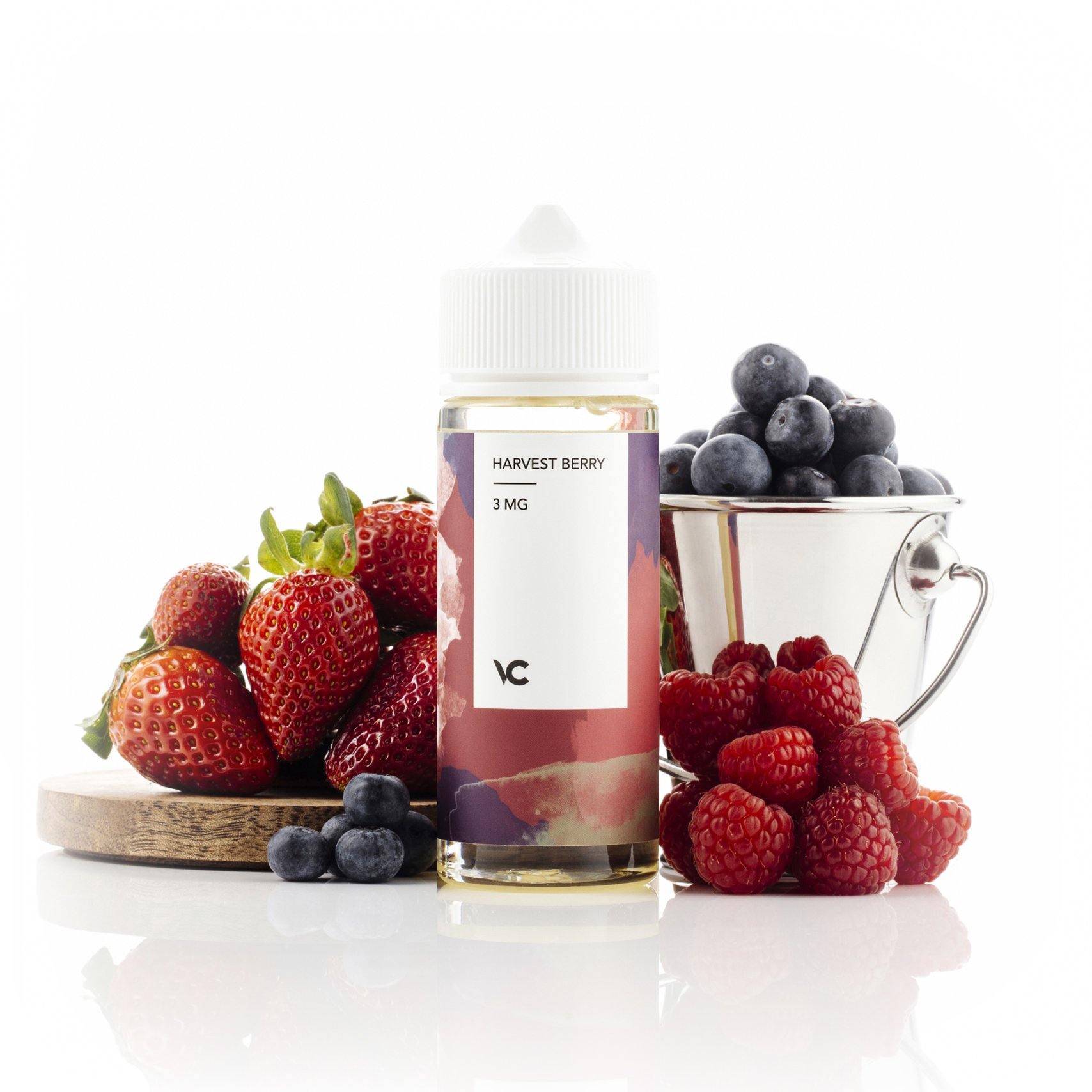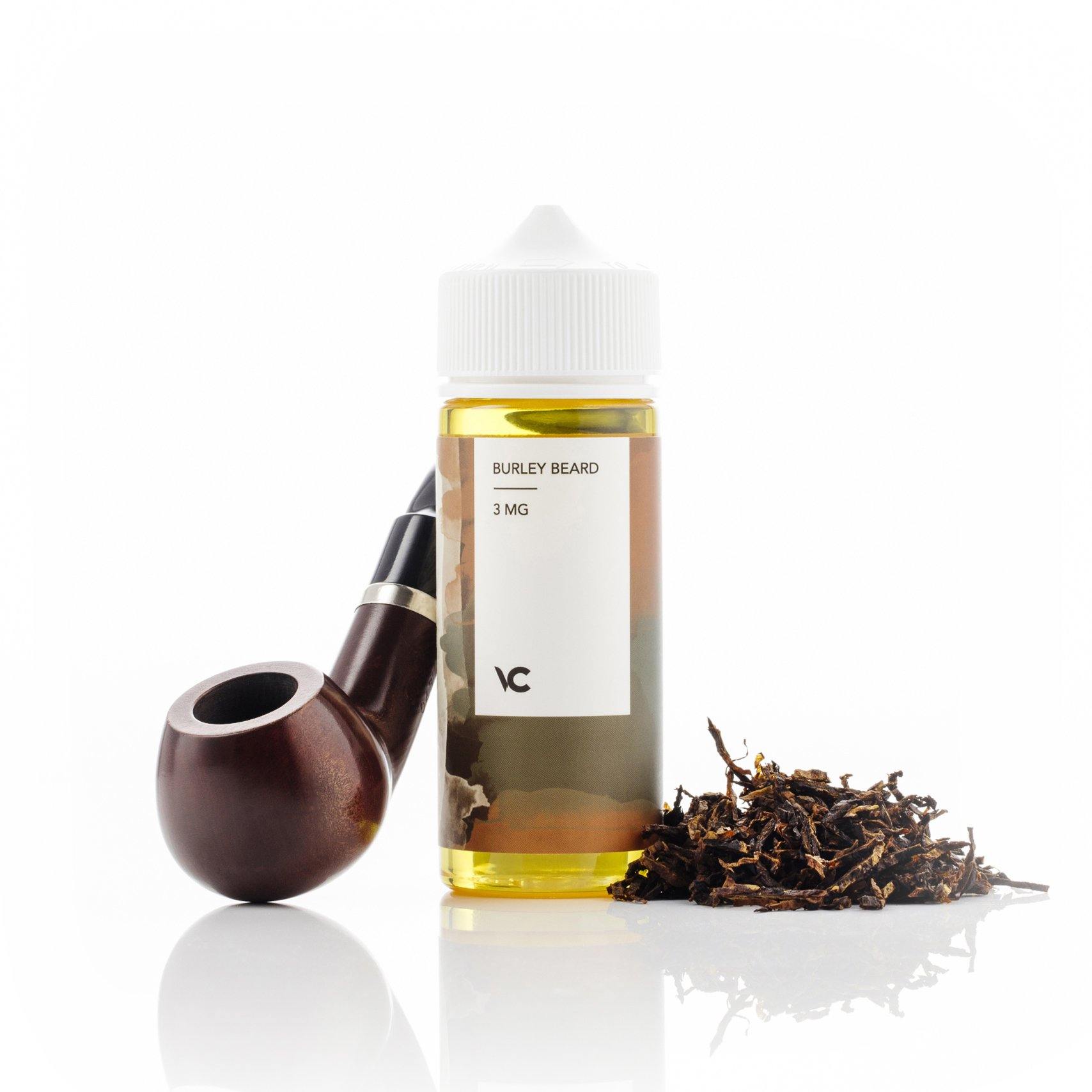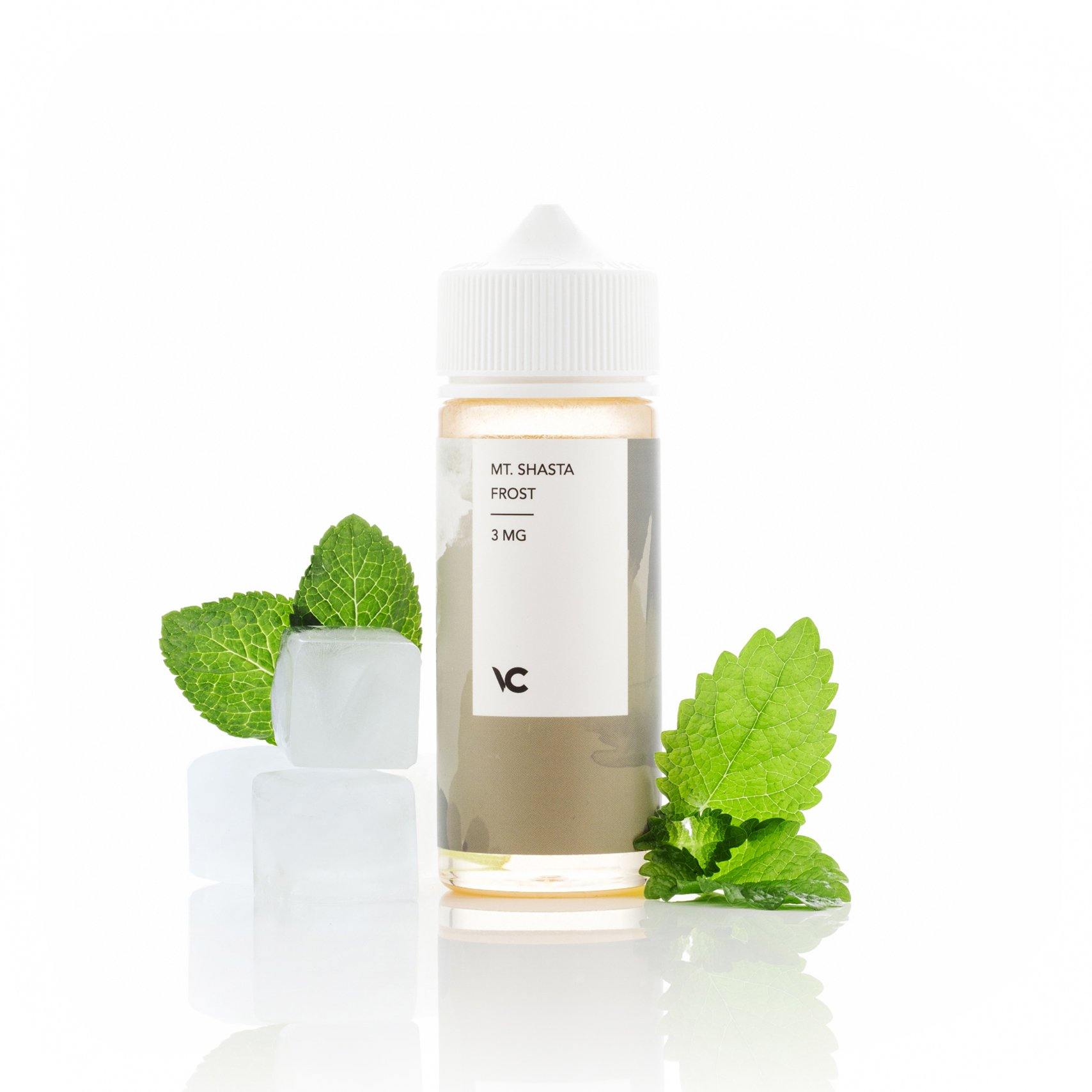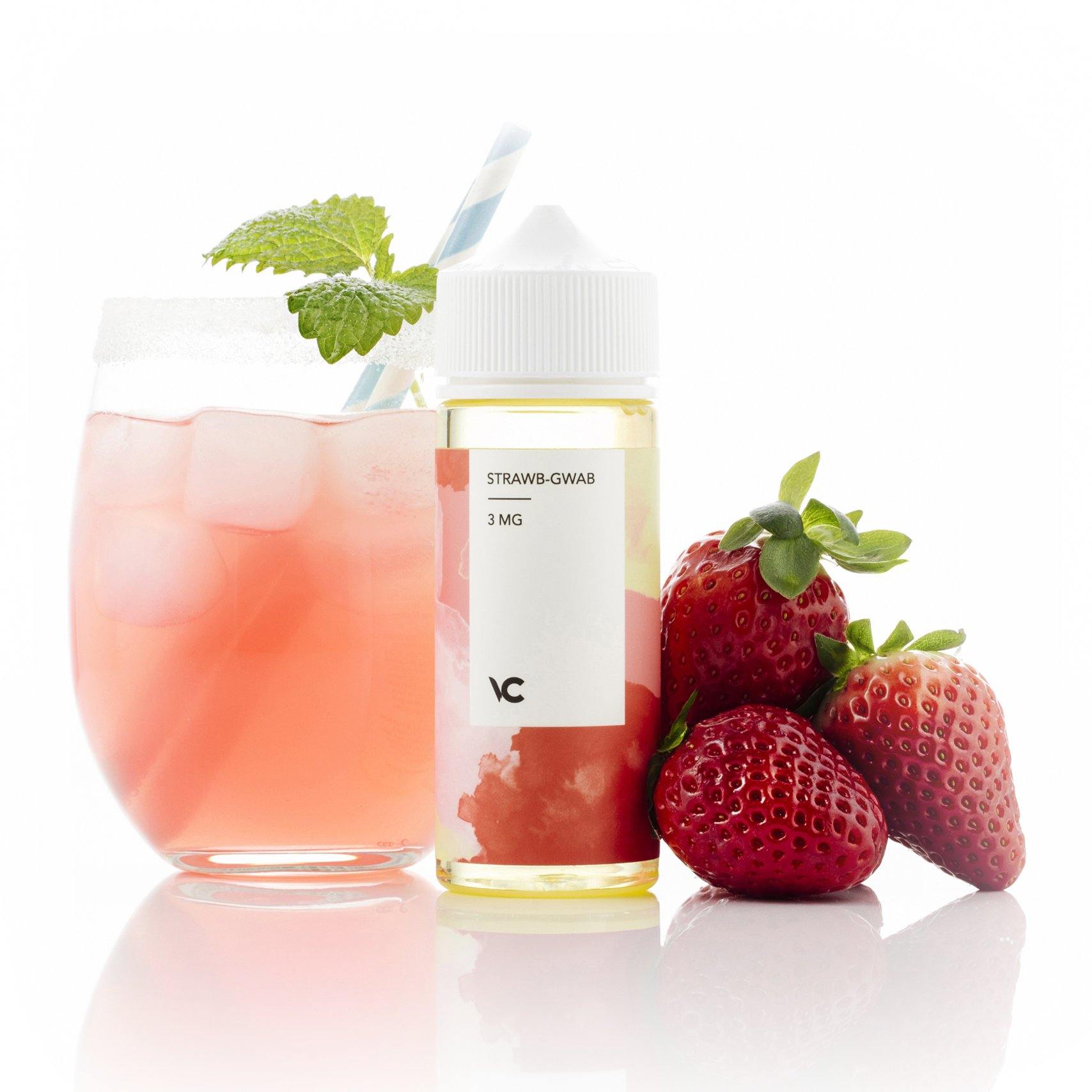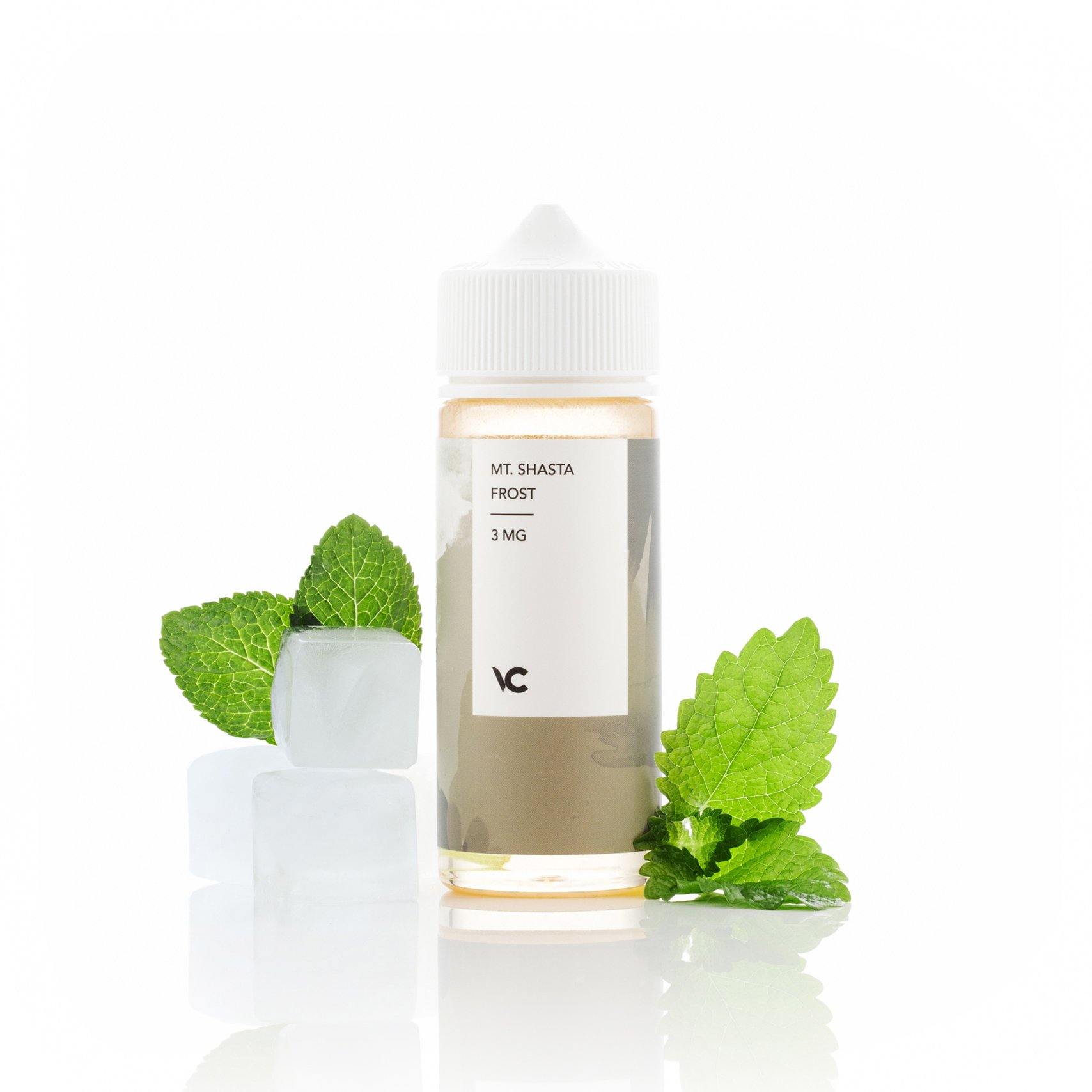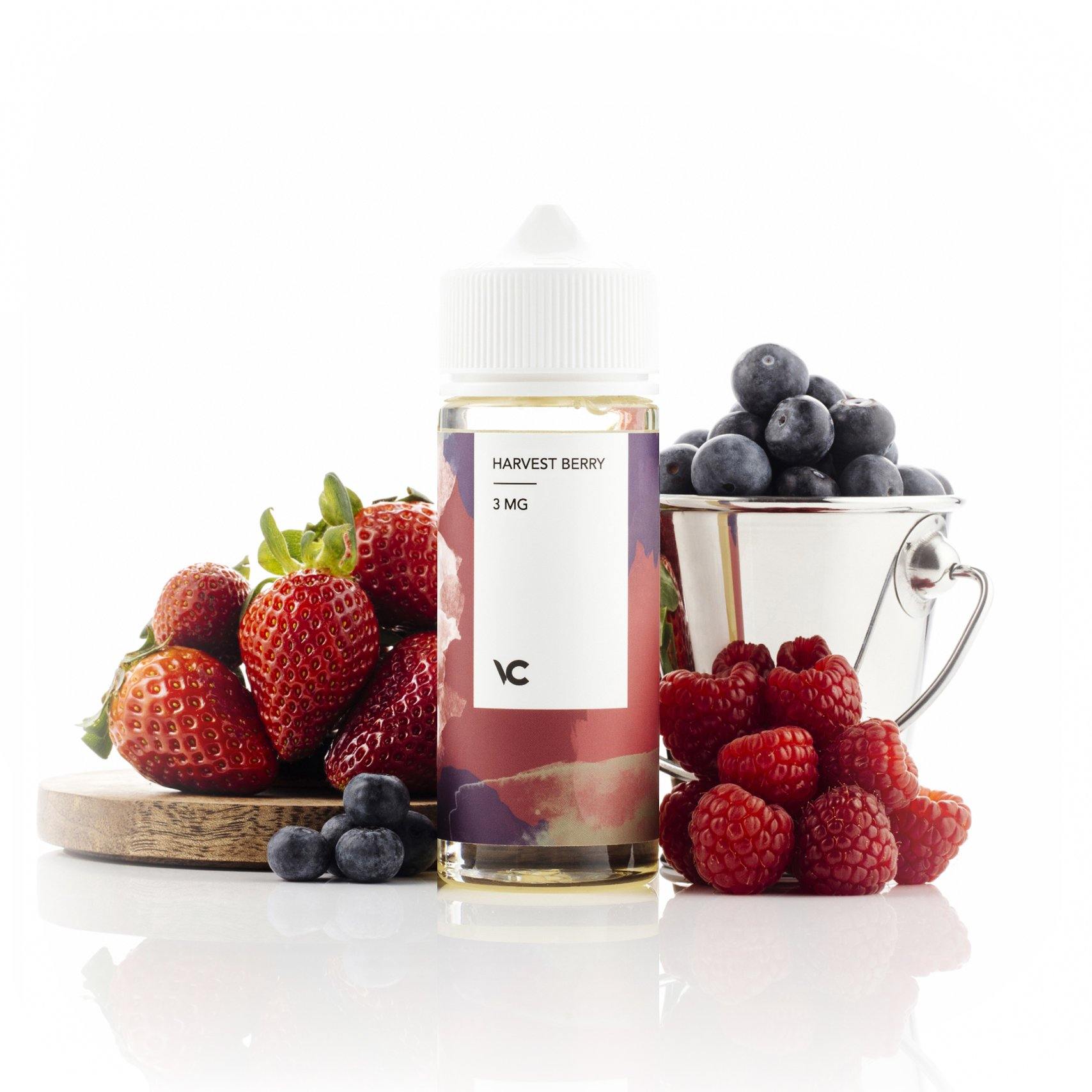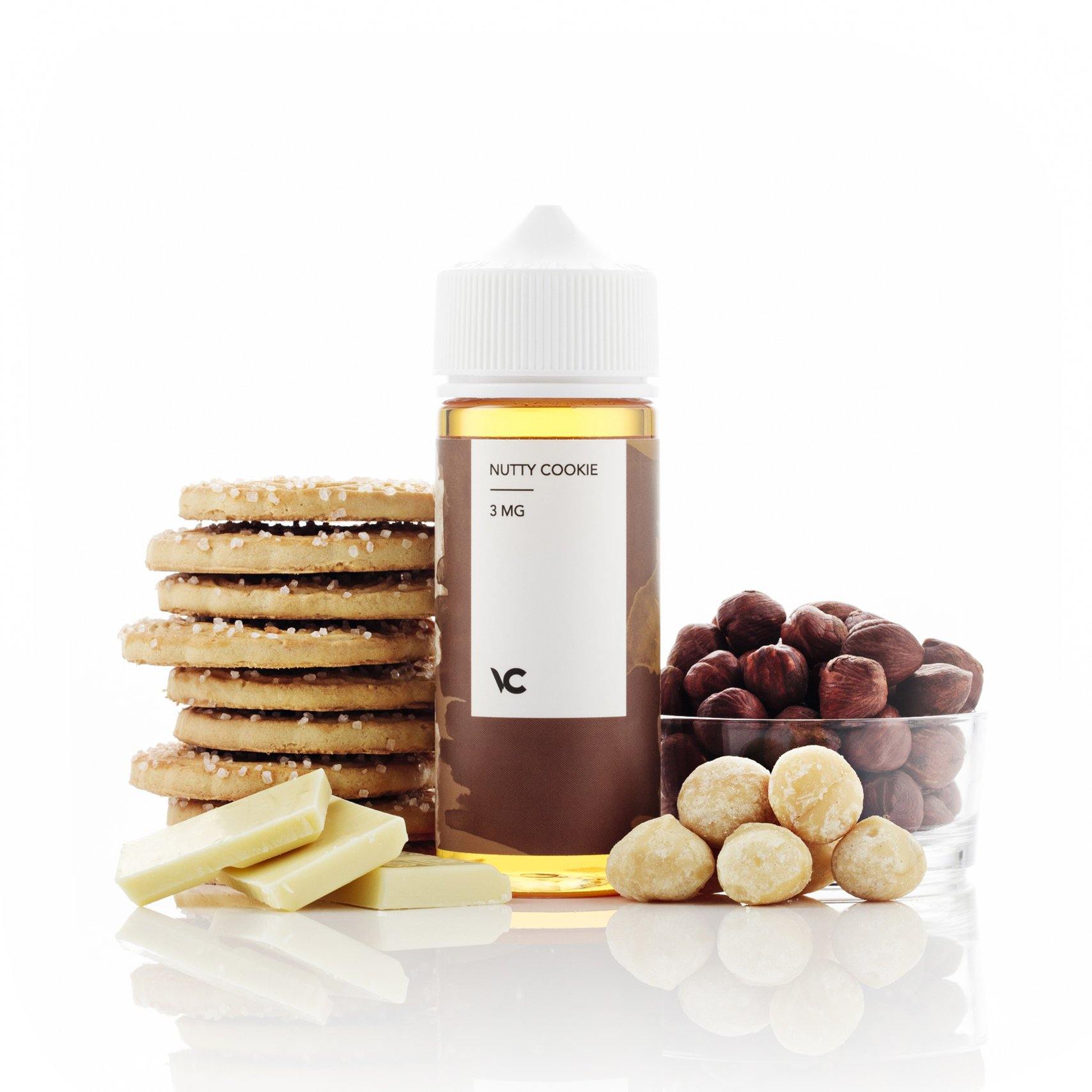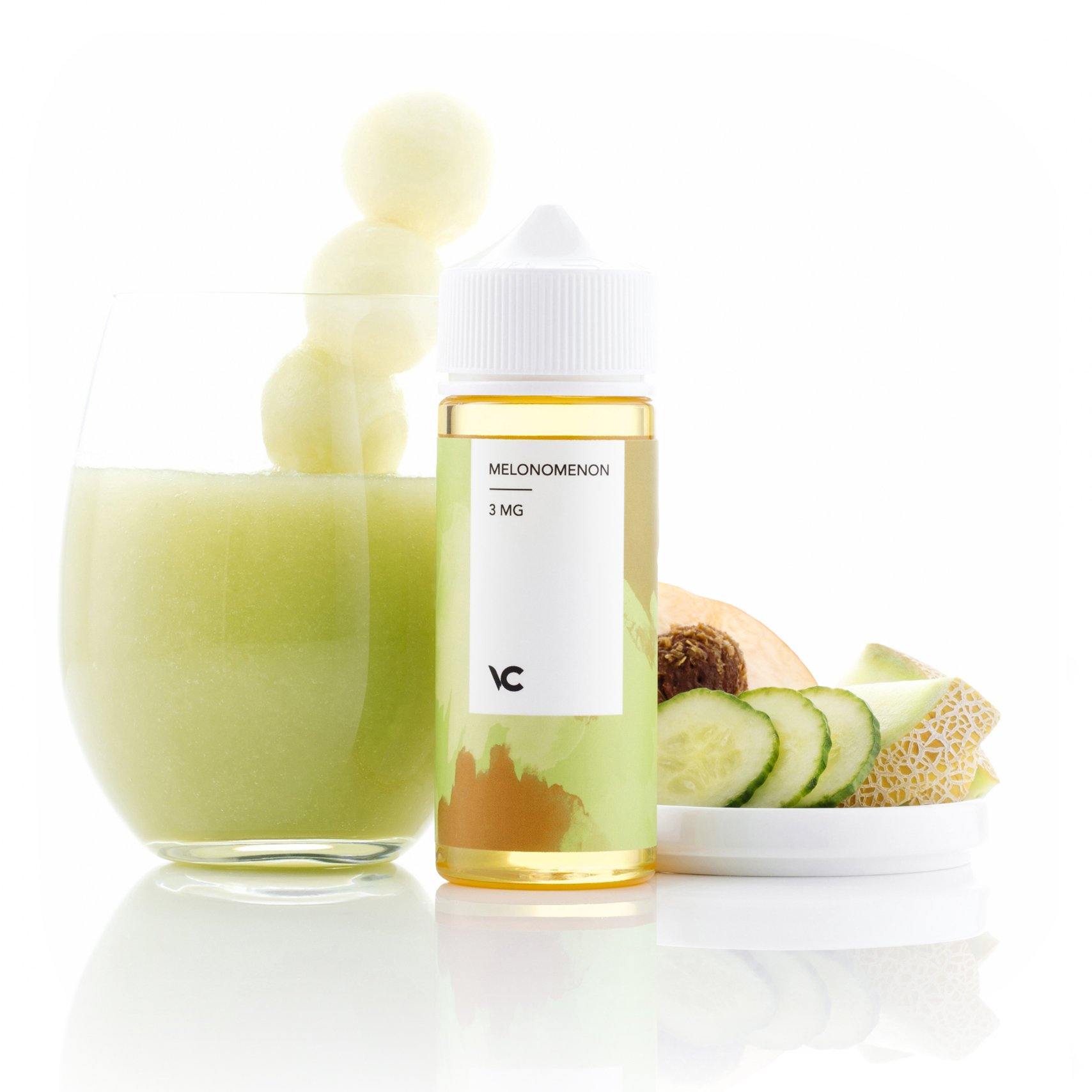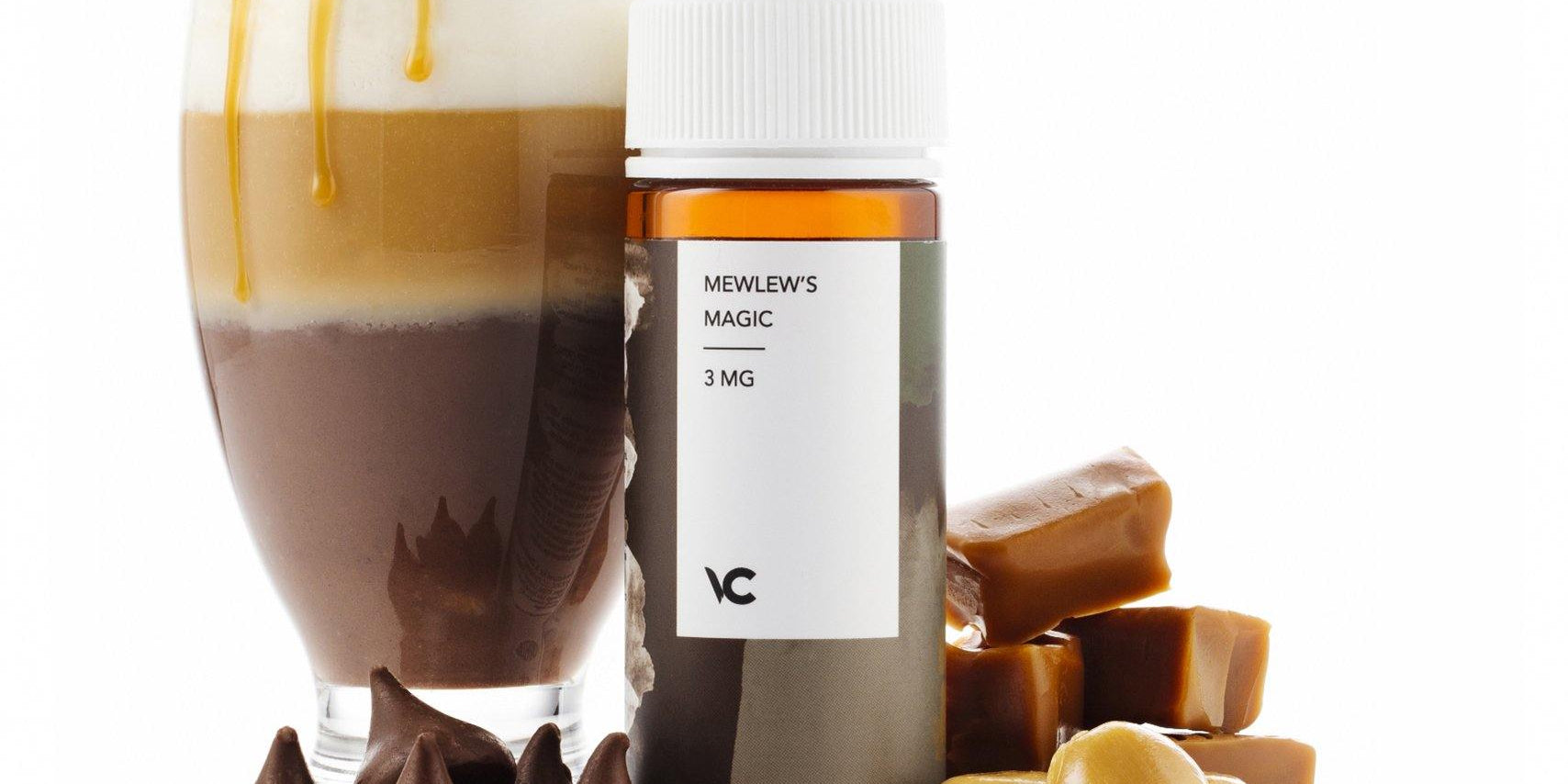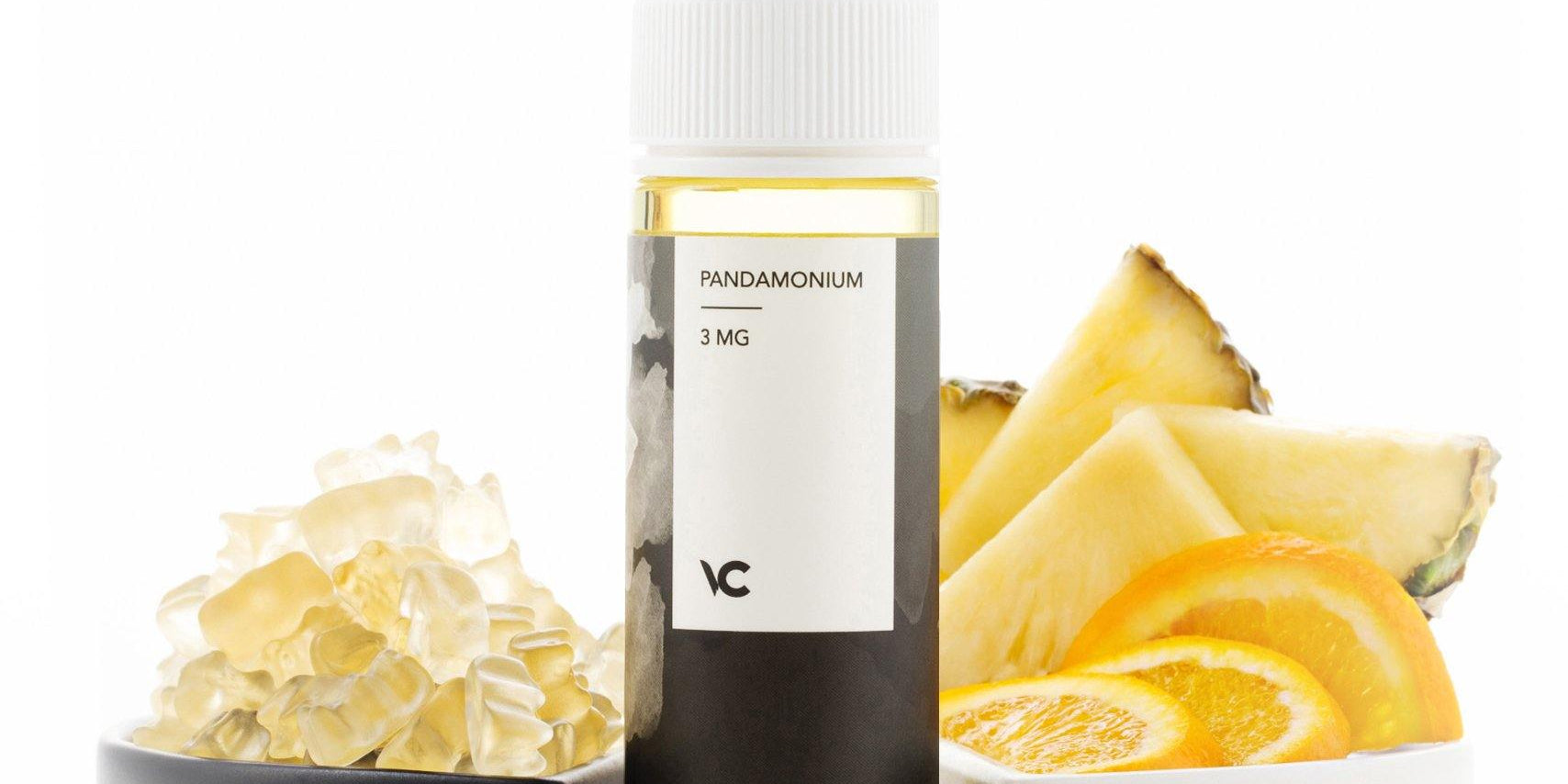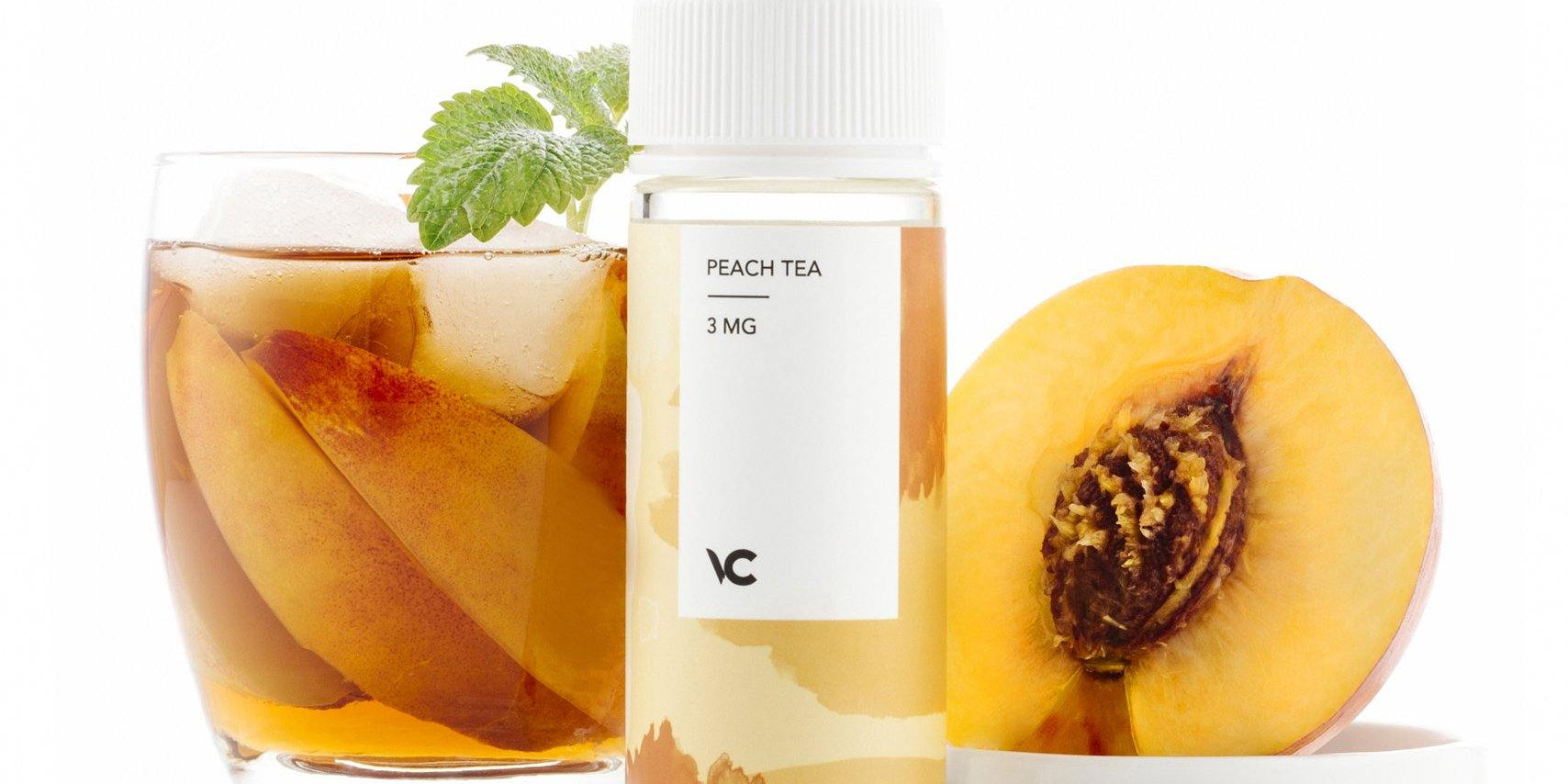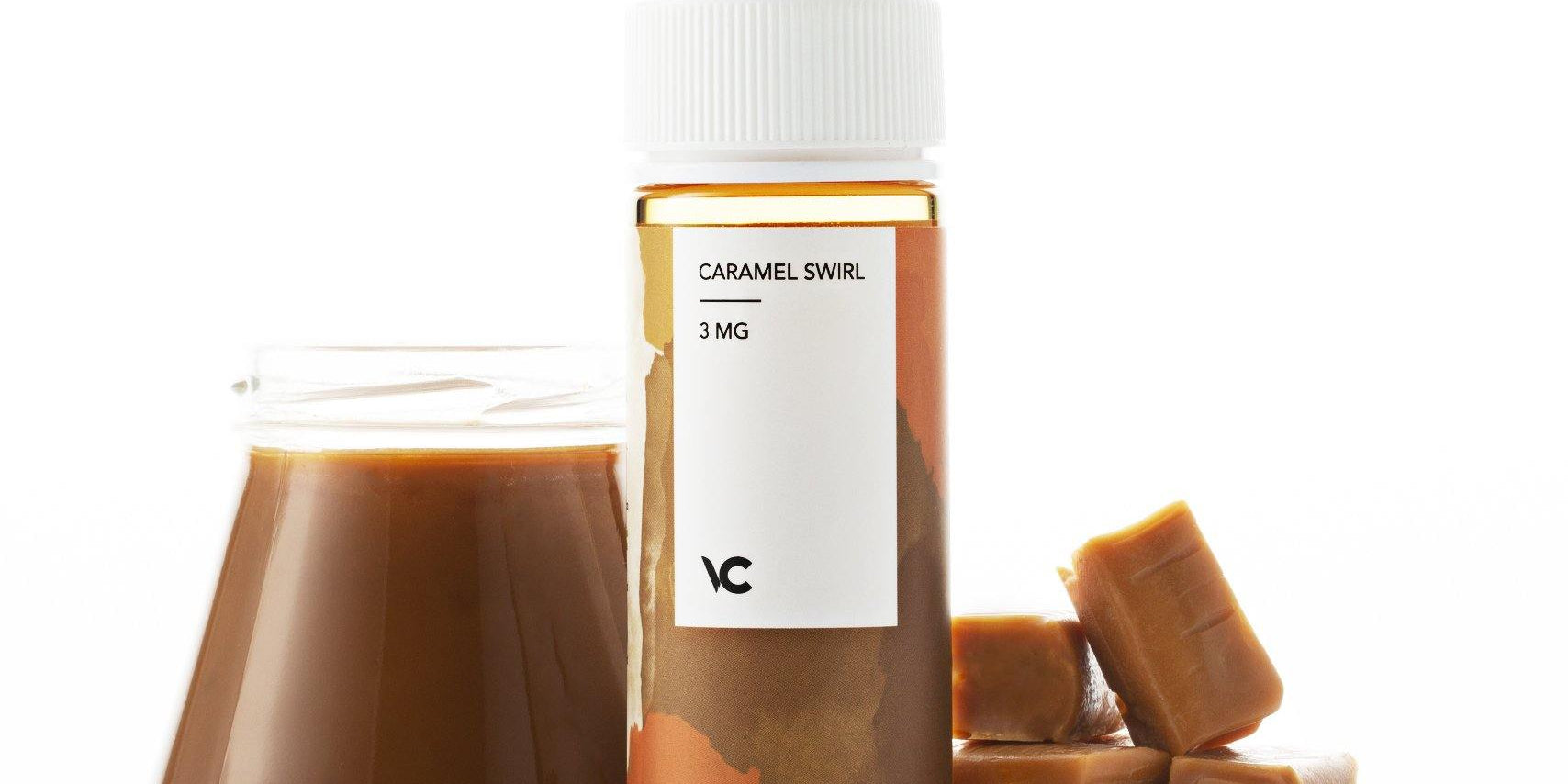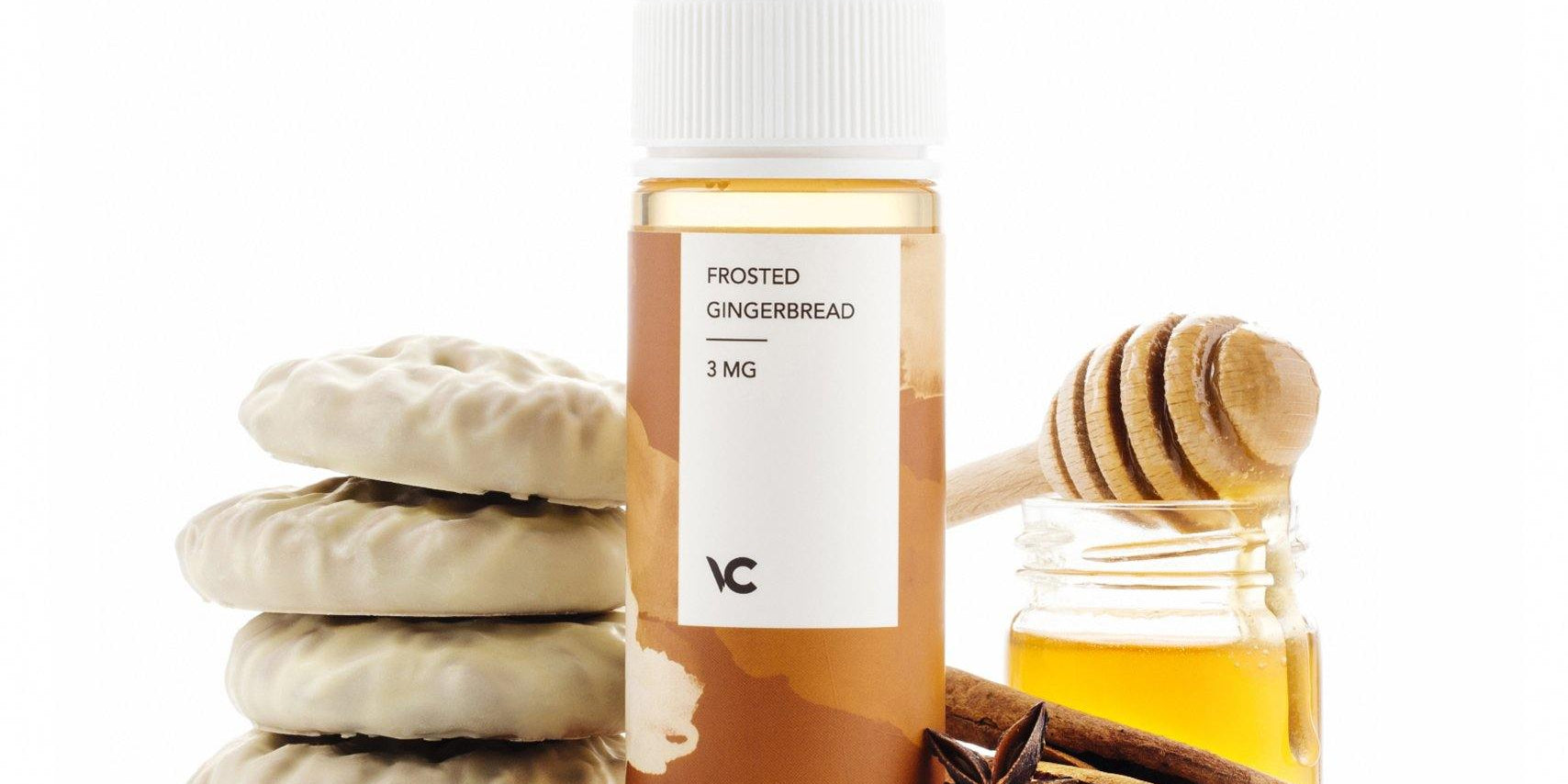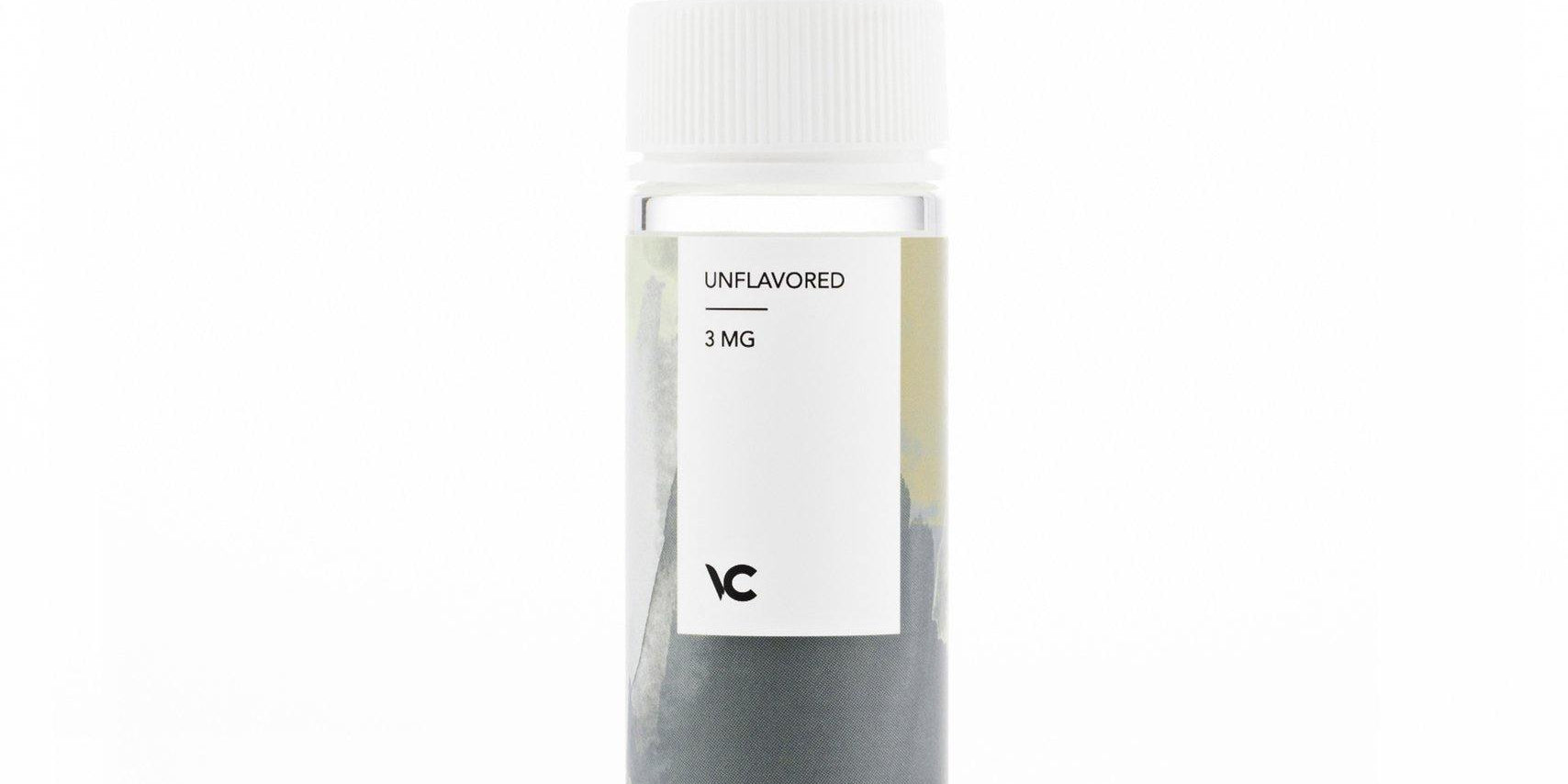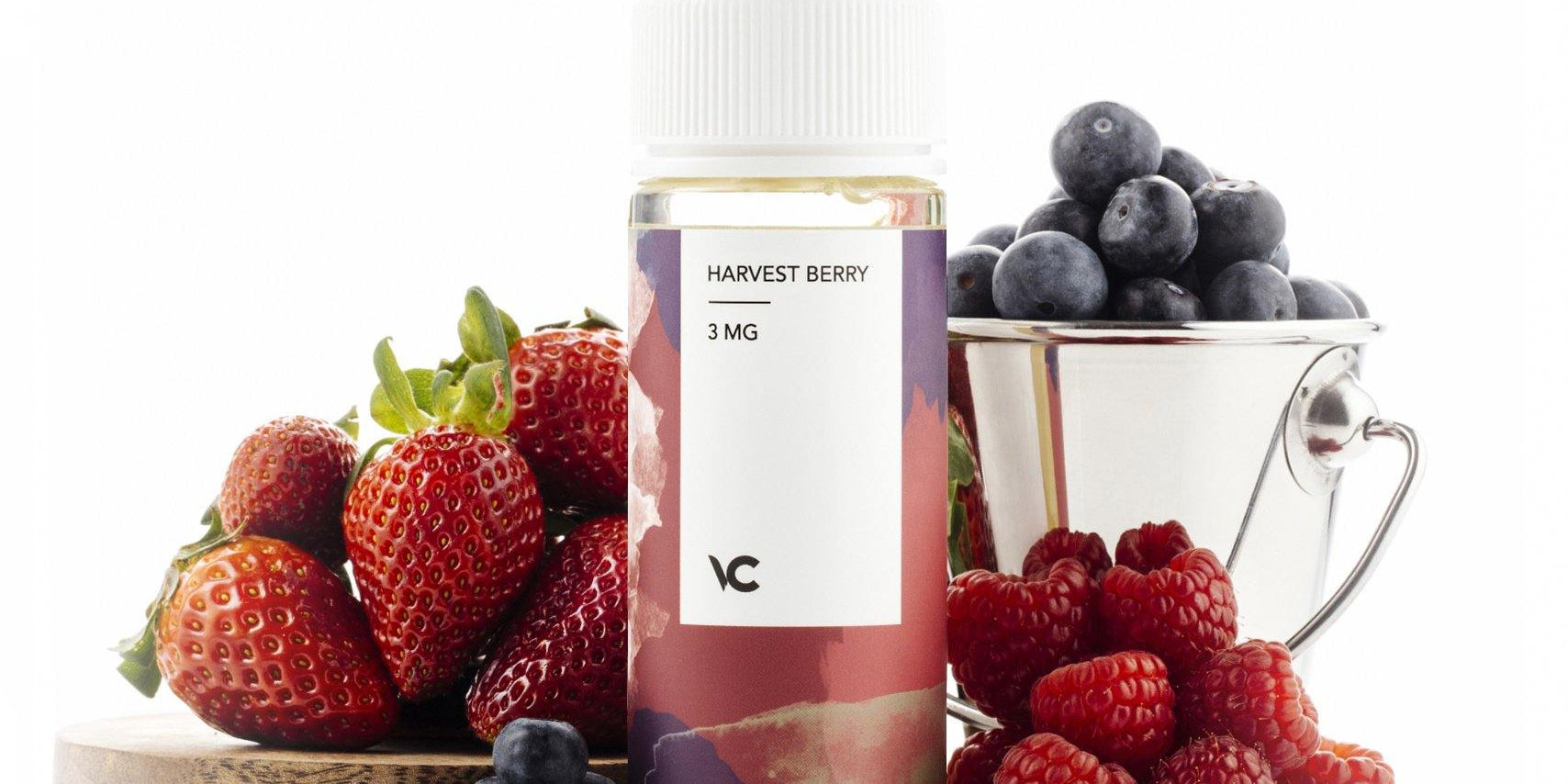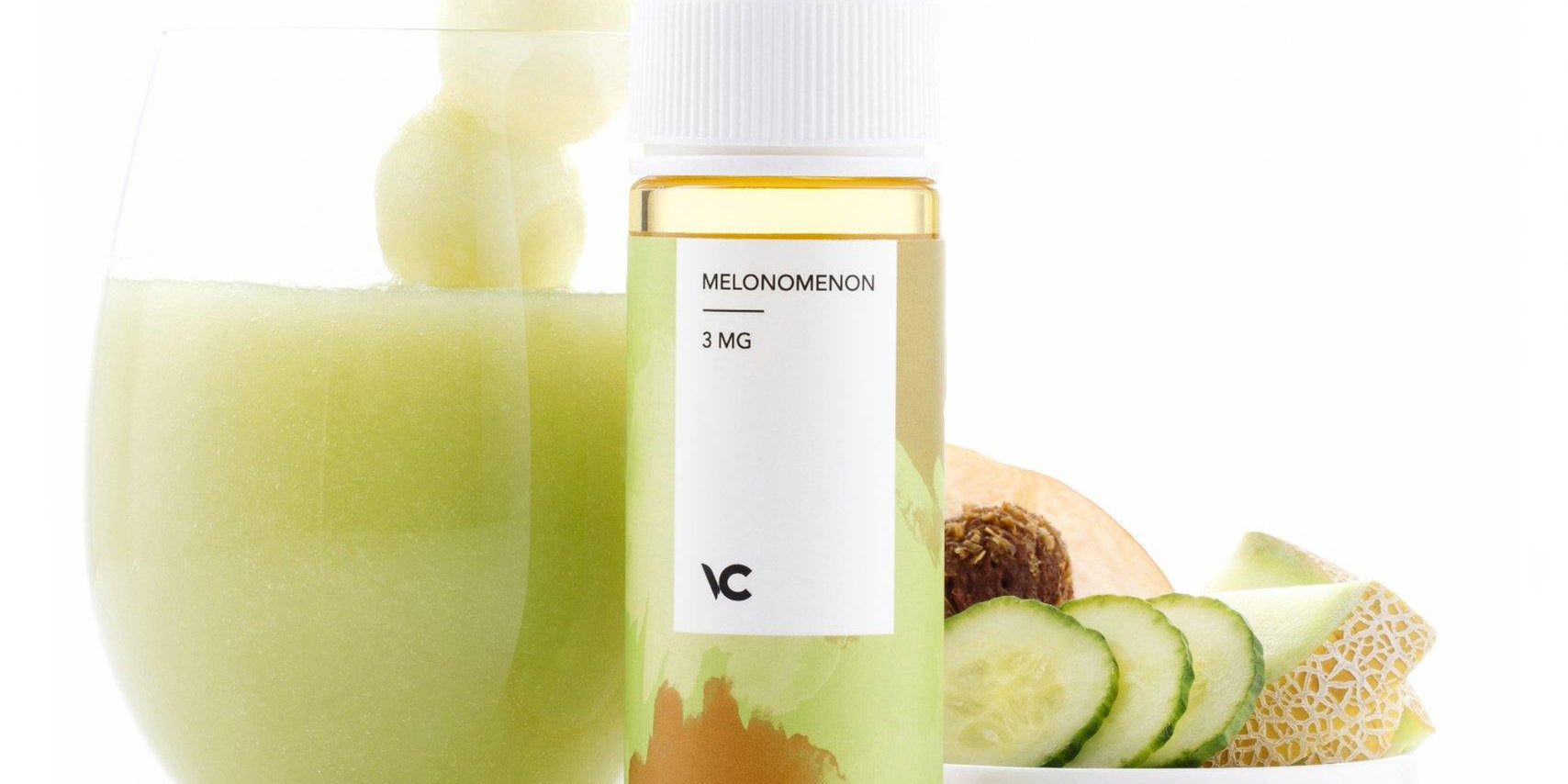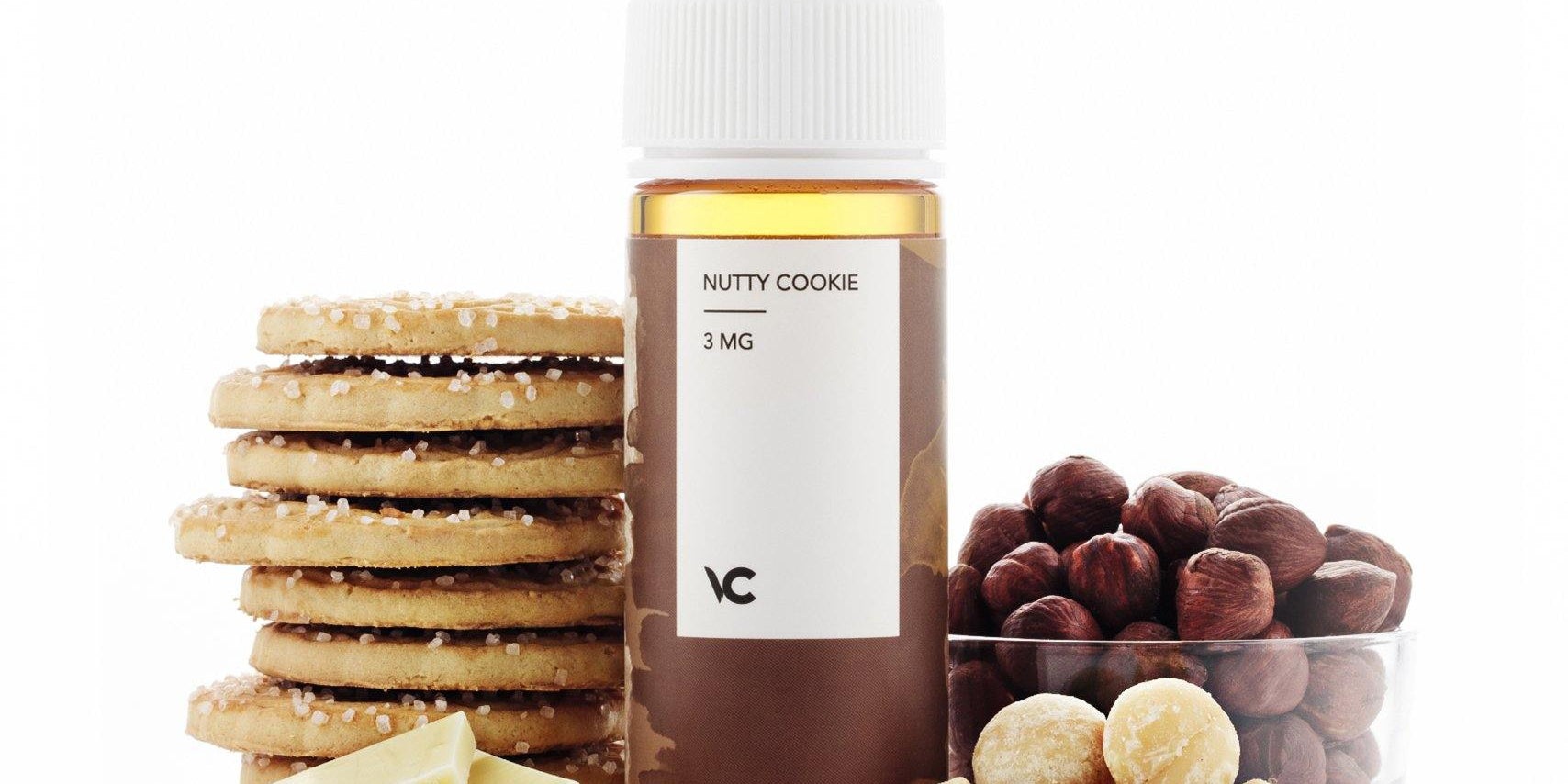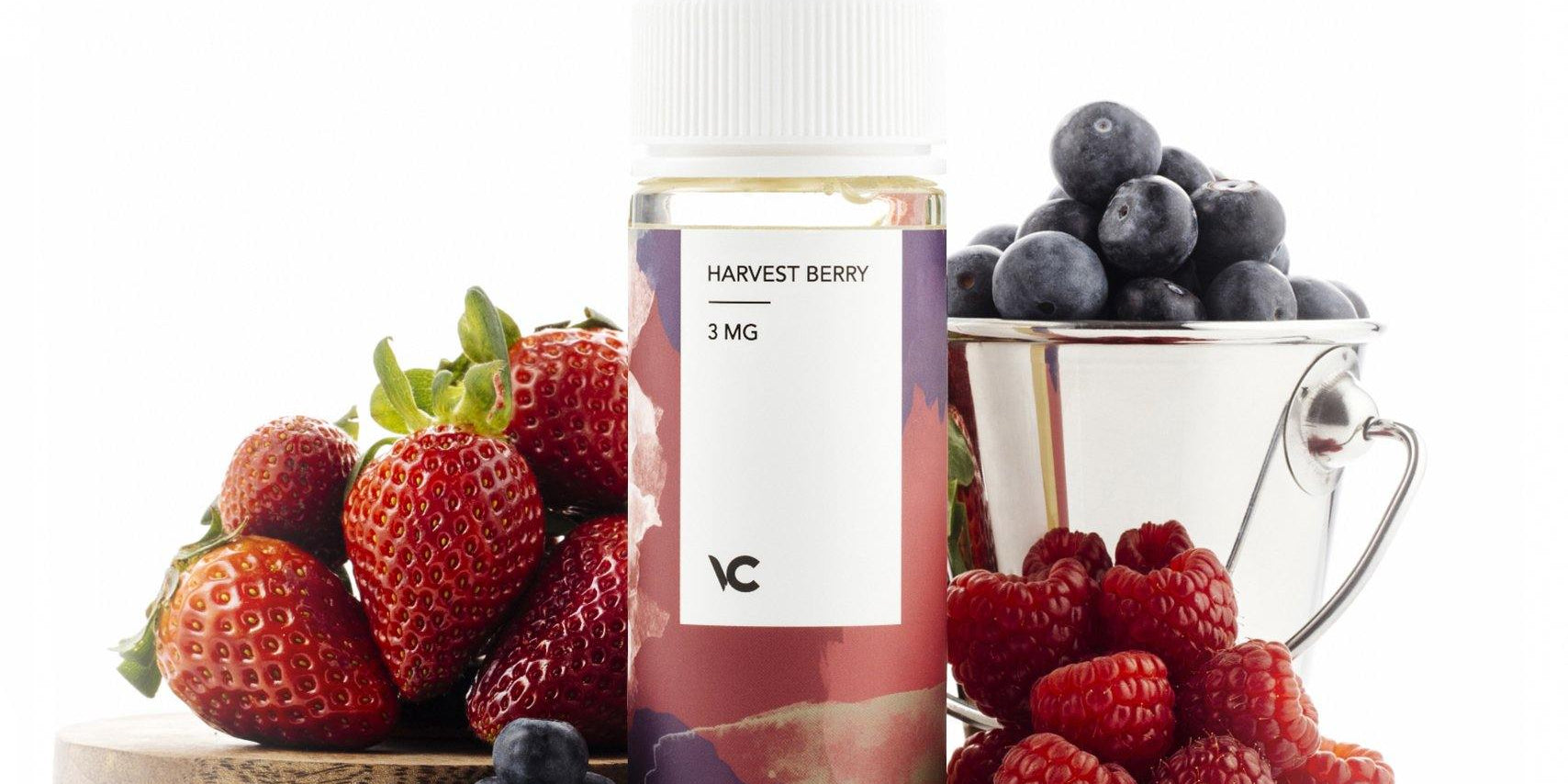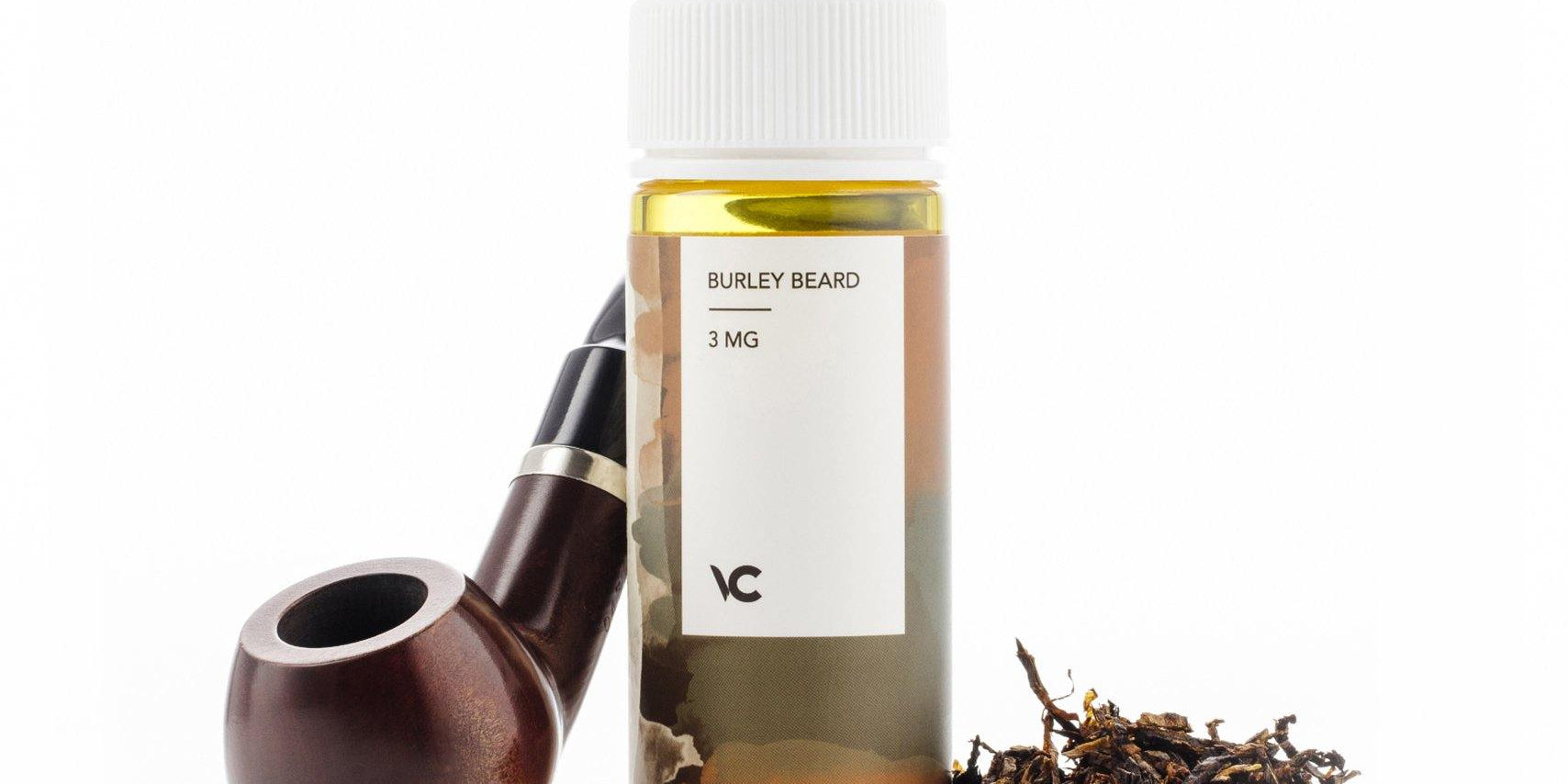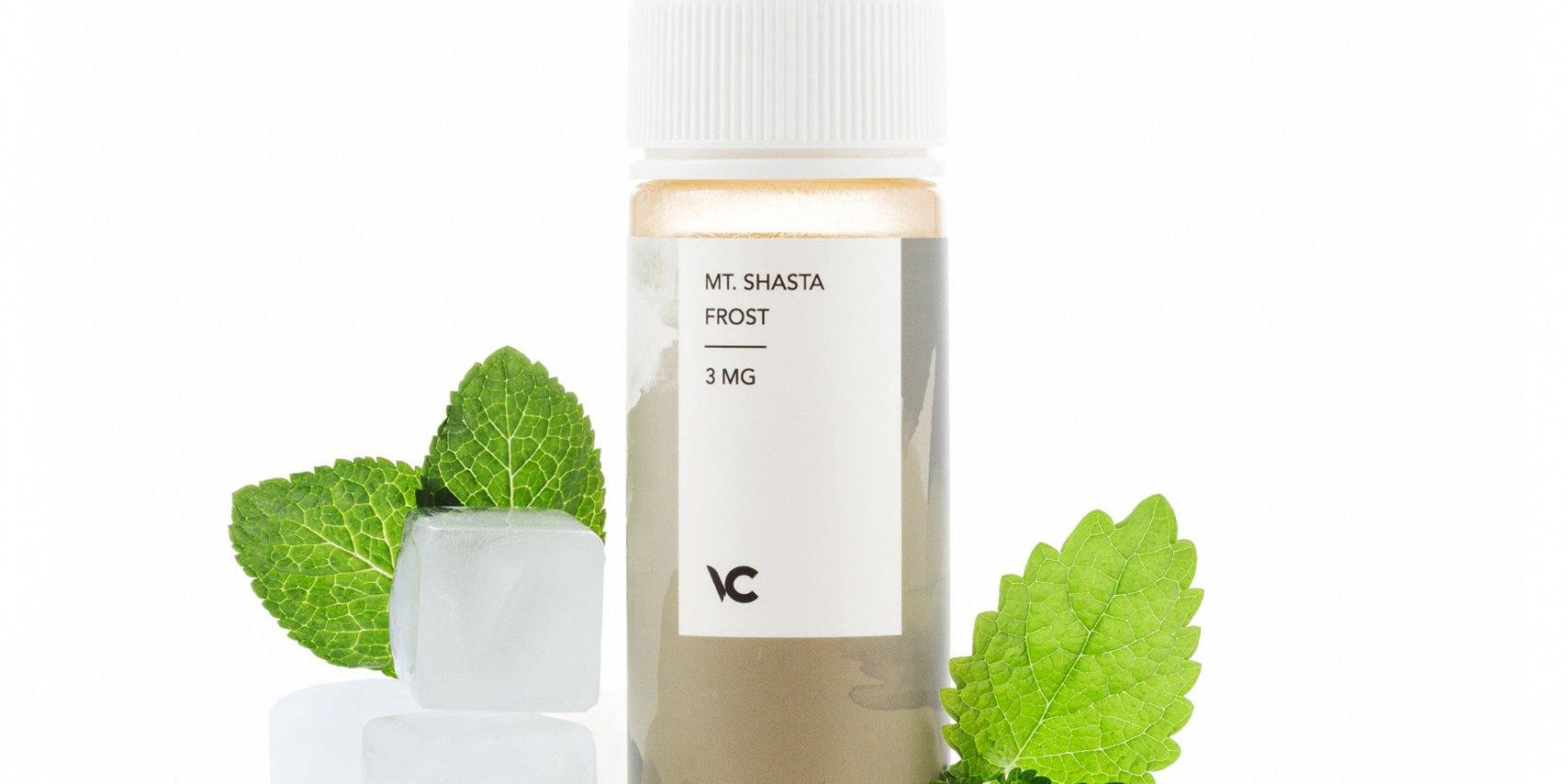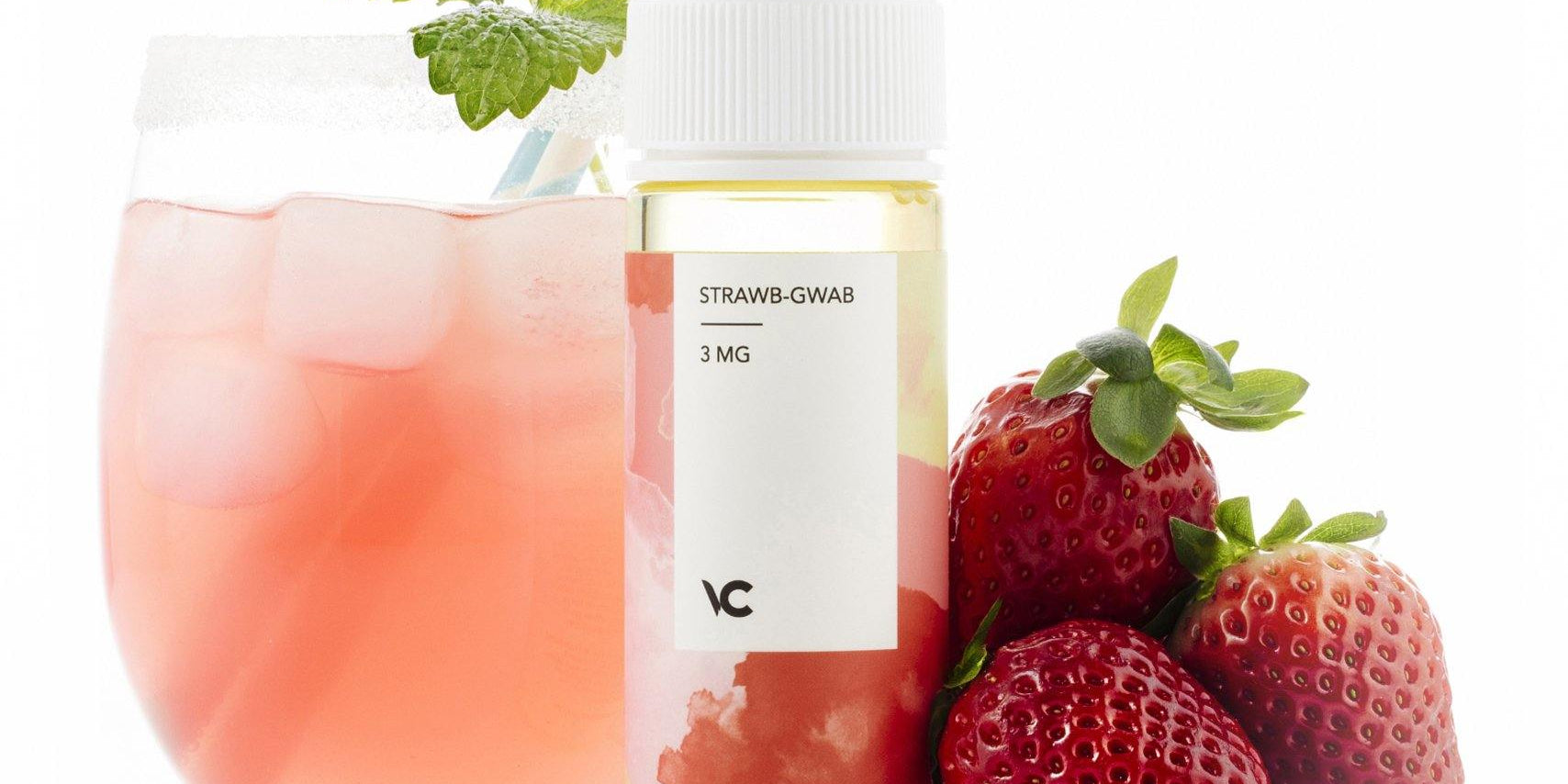Every vaper is different. Though we all love to vape, we do it in many different ways. Some vape from sleek pens or trendy pod systems. Some vape from realistic looking e-cigarettes. Some hand-craft bod mod kits and thread their own wicks. But the one thing we all share is the need to replace coils. Without burnt coils, one good pen or mod rig could last us years. Without burnt coils, the only re-up vaping supplies we need would be fresh tasty e-liquid. Unfortunately, coils do burn out and the nasty taste that comes from that is a horror to behold.
Today, we're here to share more than the normal 'how to tell when your coil is burnt'. Today, we're here to talk about how to help your coils last for as long as possible, serving of delicious clouds until their last puff.
Coil vs Wick Distinction
To start, let's set up a baseline of understanding here: Coils and wicks are often confused when talking about 'burn out' problems. For those of us who don't build vape rigs from scratch, a 'Coil' is a cylindrical metal object that screws onto a mod or into a pen. It is the part that heats up and turns the e-liquid into vapor. But not everyone is super clear on how that works. We just buy new coils and replace them when the clouds start to taste scorchy. However, inside the part called 'coil' are two different pieces. And both of them can burn out in different ways.
The actual coil is ceramic or wires heating elements that create the heat necessary to vaporize the e-liquid. They are called coils because traditional designs are made of coiled wire that heats up. What 'gets scorchy' is really the wick: A twist of cotton that soaks up e-liquid allowing it to be heated to the point of vapor. Wicks are found inside coil parts because of the heating element. This makes sense because the cotton and the heating coils both wear out and need replacing fairly often.
If either the wick or the coil burns out, you'll need to replace the part and buy a new 'coil' in total. But it's far more likely that you'll accidentally scorch the cotton than burn out the heating element. So here's how to make each of those pricey coils last:
Prime Your Wick Before Vaping
There's a reason this tip is at the top of every vaping how-to in the world. And we'd be remiss if we skipped it for every first-time vaper who might be reading. If you skip priming your wick, then you will scorch coil after coil by accident in the first few puffs. Do not skip priming each new wick before hitting the button for even the first time.
Prime new wicks and prime any wick that sat dry for more than 10 minutes. There are two ways to prime a vape wick.
Drip-Prime
Drip-priming is the most common way to prime your wick. To do this, you carefully deposit a few drops of e-liquid directly onto the cotton coils. Saturate the coils so that they are completely moist. You can do this with the coils in or out of a tank, filled or empty. Just as long as you only use a few drops, drops that go right on the cotton.
Flow Prime
Flow prime is an alternate method for vapers who know what they're doing. Instead of drip-priming, build your pen or mod box and fill the tank. Then breathe in through the drip tip without firing the button. In the right rigs, this will pull e-liquid up through the coils, saturating them evenly through the tank and coil design.

Never Fire a Dry Cotton Wick
It can be tempting to hit the button right after you install a new coil into your tank. Do not do this. Never fire on a dry cotton wick. Without e-liquid, cotton is highly susceptible to burning when exposed to heat. In fact, the entire tank of e-liquid is supposed to heat up and act as a diffusing medium for the coils. So never heat up dry cotton unless you want a quick route to scorchy-land.
Break In New Coils Slowly
You also don't want to heat up a new coil too quickly. Coils that are rated for very high temperatures may still need to be broken in with some care. Don't crank your mod box up to 150 or use a super high-temp pen right off the bat. Instead, start at a lower temp for a few puffs and give your coil time to warm up before blasting it with your hottest levels of electricity.
Look for Fast-Wicking Tanks
Some coil designs have better liquid and airflow than others. The way they are built channels e-liquid into the wicks which helps them to stay soaked more quickly and stay saturated longer. Tanks are not generally advertised as wicking quickly or slowly, but you can discover with experimentation which coils can soak up e-liquid faster than others.
Watch that E-Liquid Level
A coil's design can also influence how much of the tank you can safely vape in one sitting. Part of how coils stay saturated is by soaking in the tank of e-liquid. As the level drops, less of the coil is soaking under the surface level which means it is at greater risk of drying out and scorching at hotter temperatures.
The best way to keep your wick totally soaked is to top it up with Max VG e-Liquid every time the level gets low. If a tank sits half-full for too long, clean it out and start anew.
Some coils cannot safely be vaped when the tank level drops below a certain level, while coils with low-set intakes and fast-wicking design can be vaped to the bottom.
Turn Down the Temperature
Wicks scorch because they get too hot without enough e-liquid soaking in. While most tips are about keeping the wick soaked, there's also another approach: the heat. The lower a temperature you vape at, the less-at-risk your wick is of scorching. You may want to turn down the temp as your tank empties or as a coil ages.
Don't Chain-Vape Your Wick Dry
Chain-vaping is when you take puff after puff super fast to fill the room around you with clouds. This can be a lot of fun but every puff pulls liquid directly out of the wick. Vaping too fast doesn't give your coil enough time to re-saturate even if your tank is full which can put it at risk of scorching on that third or fourth puff.
